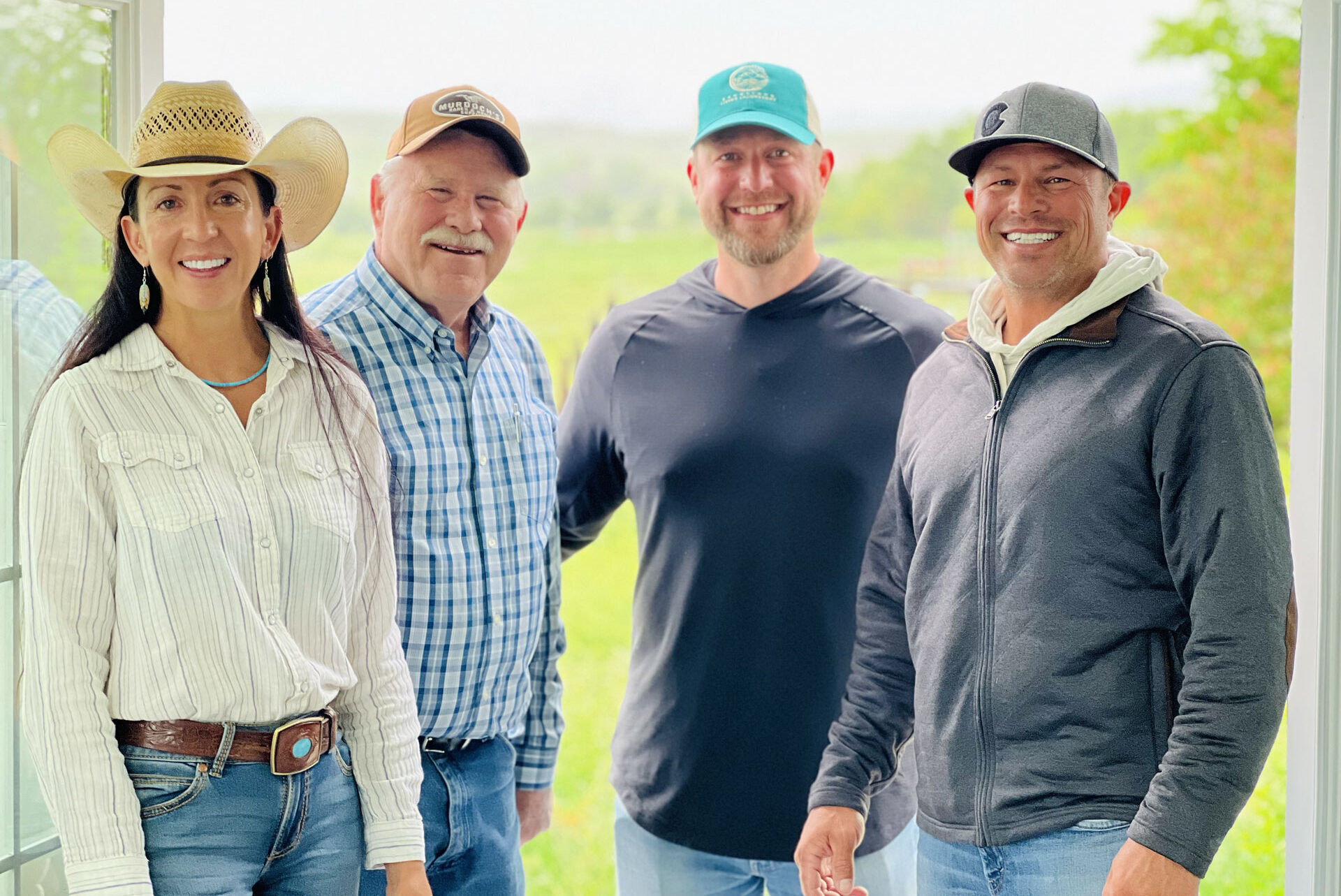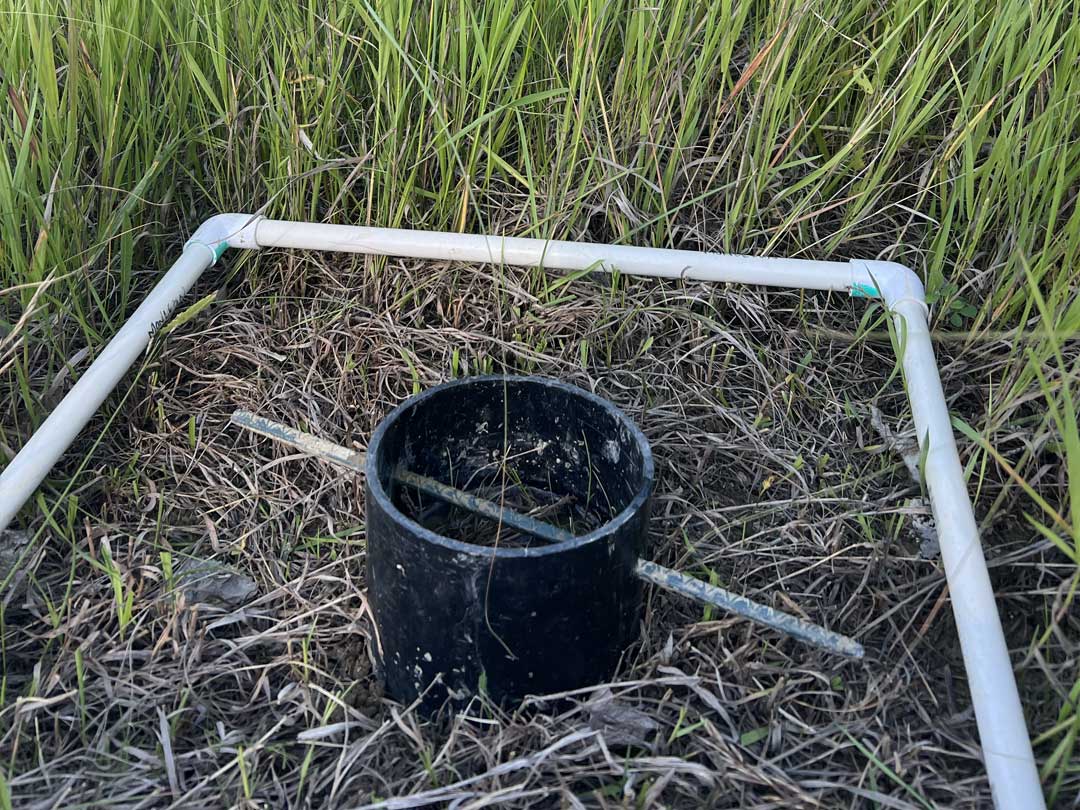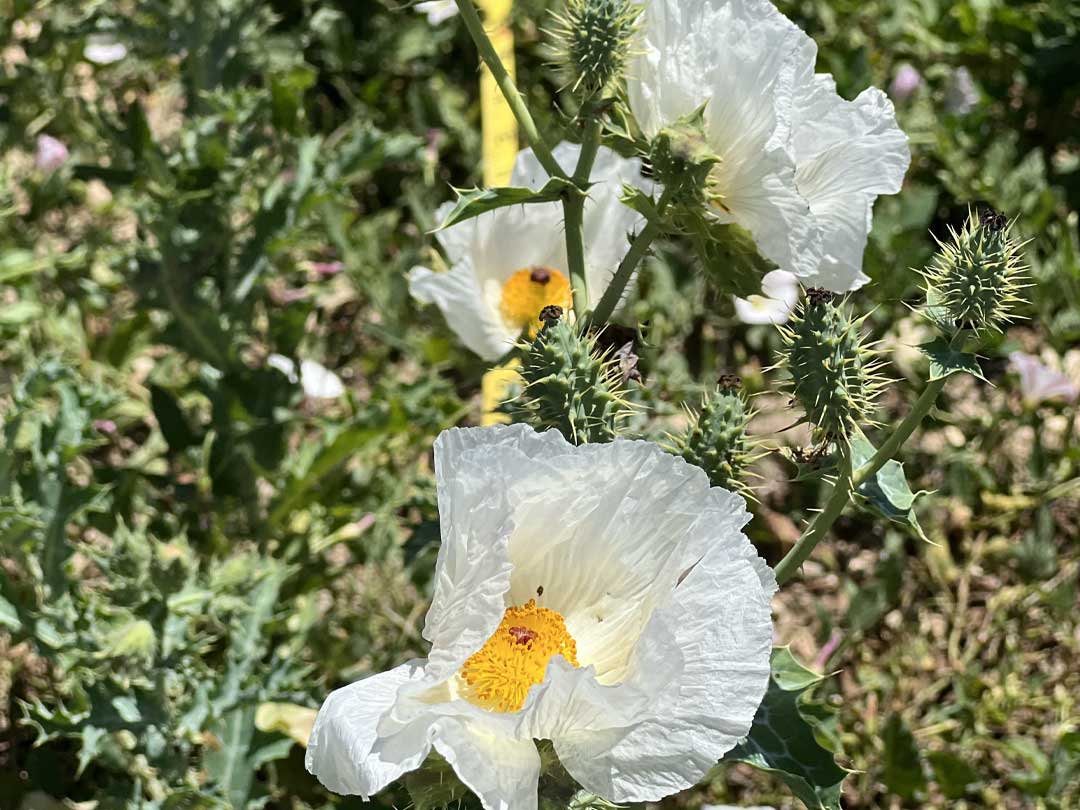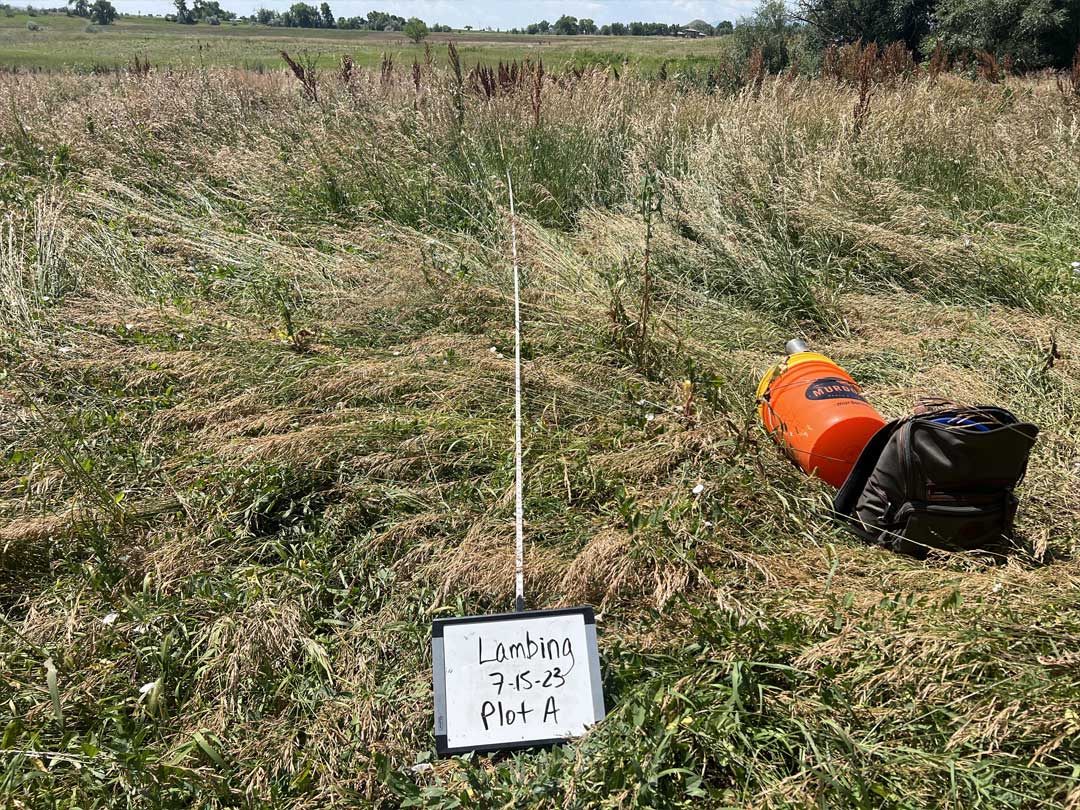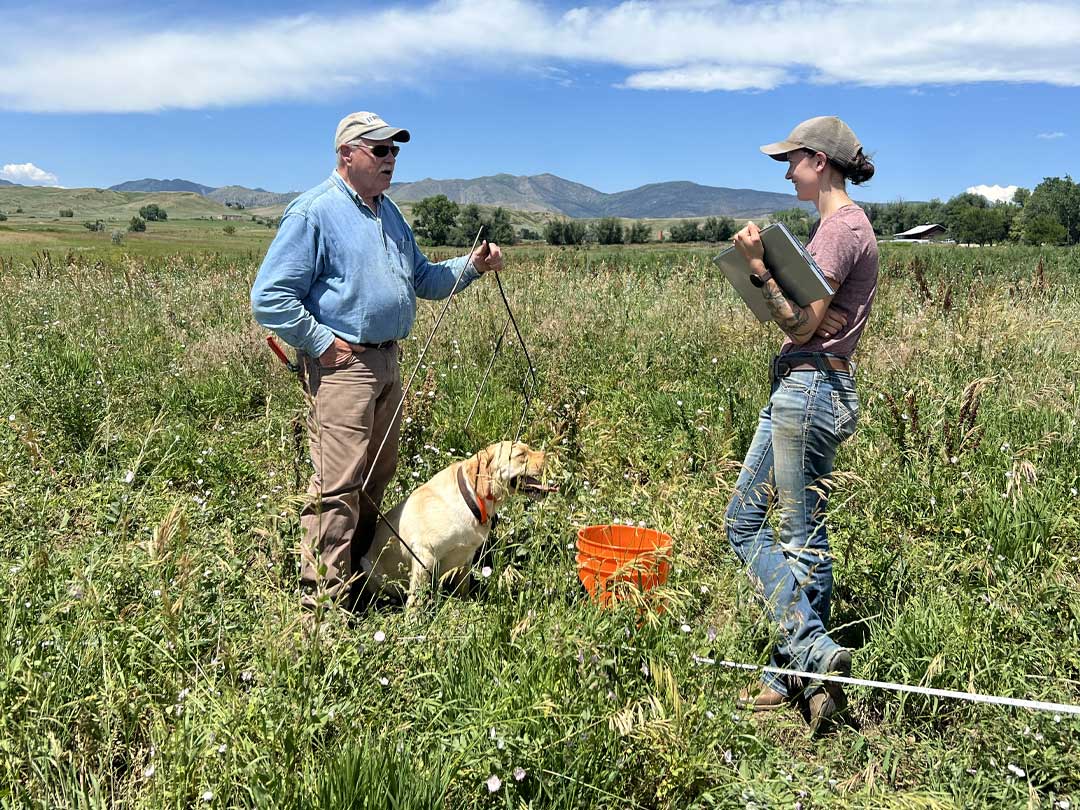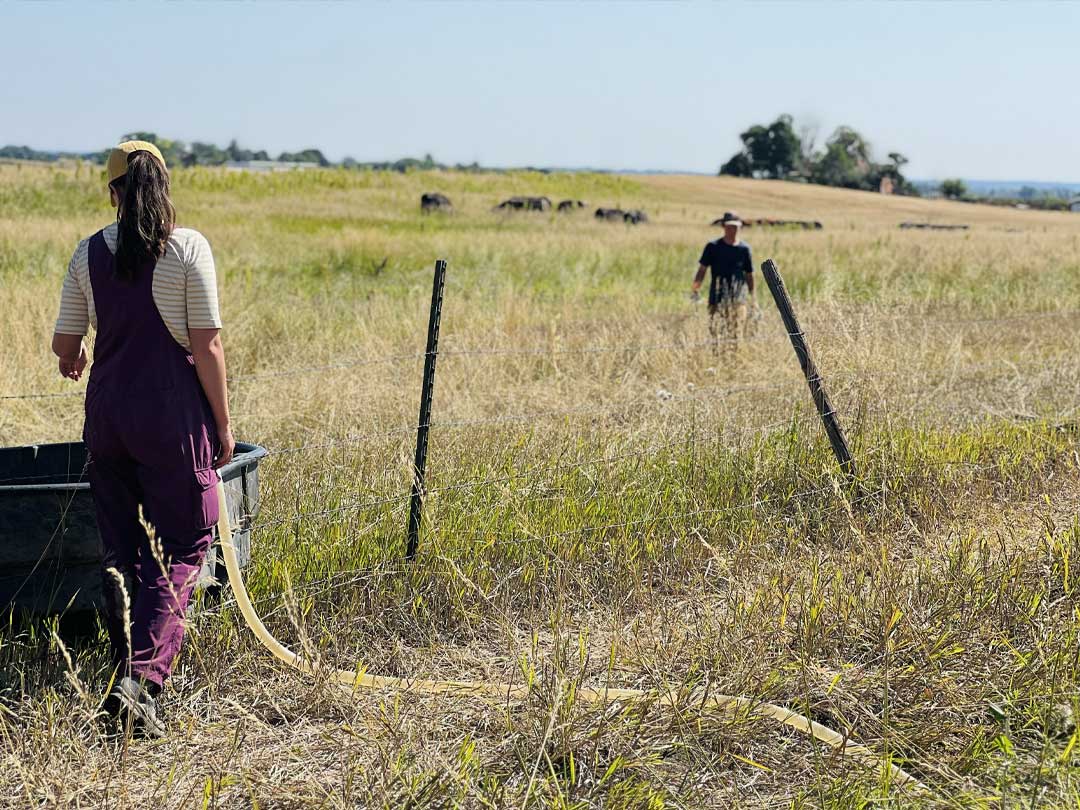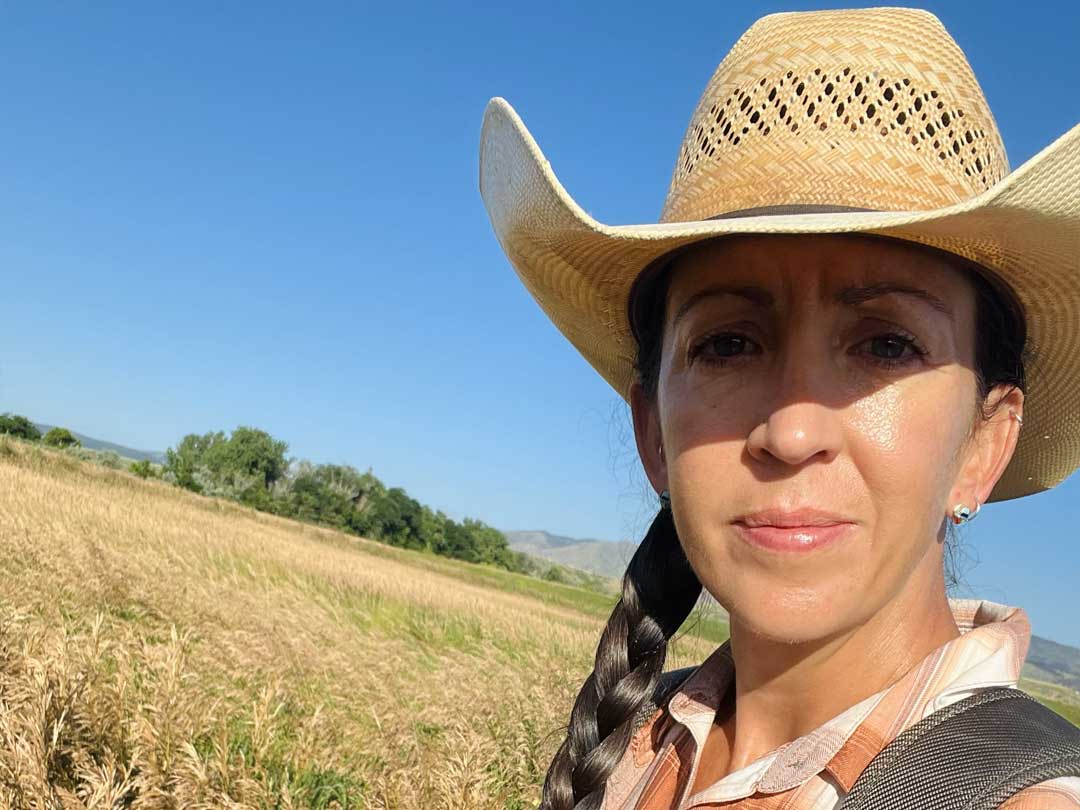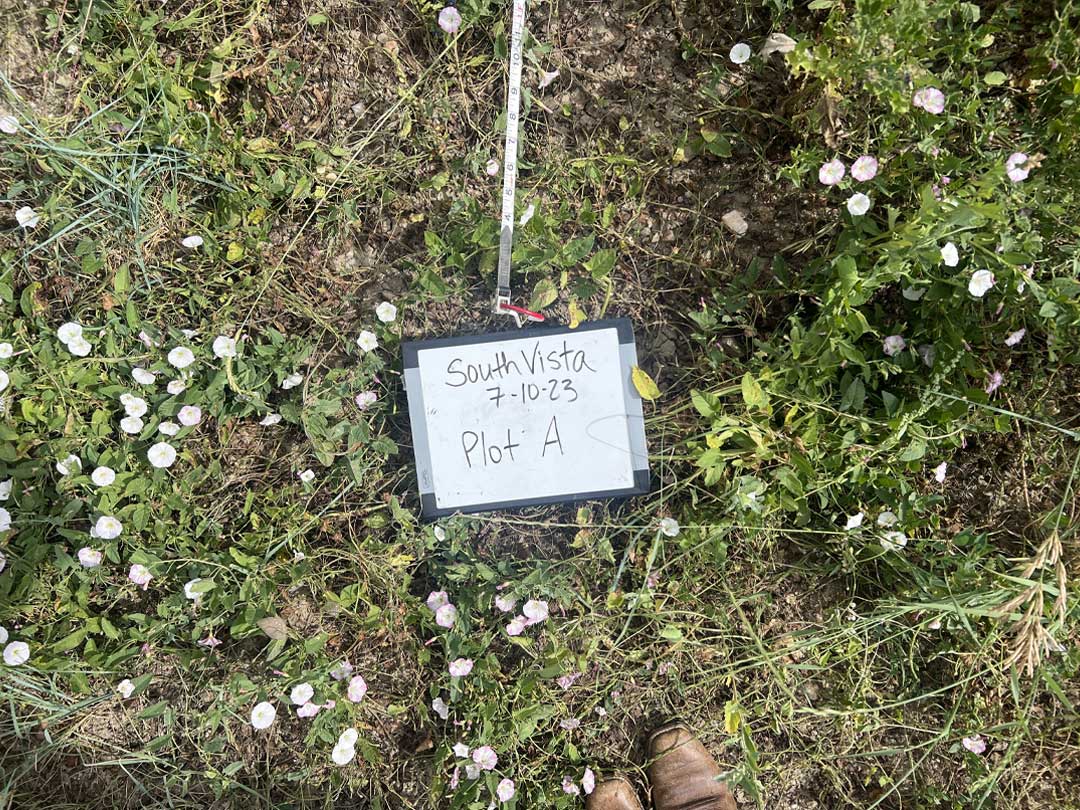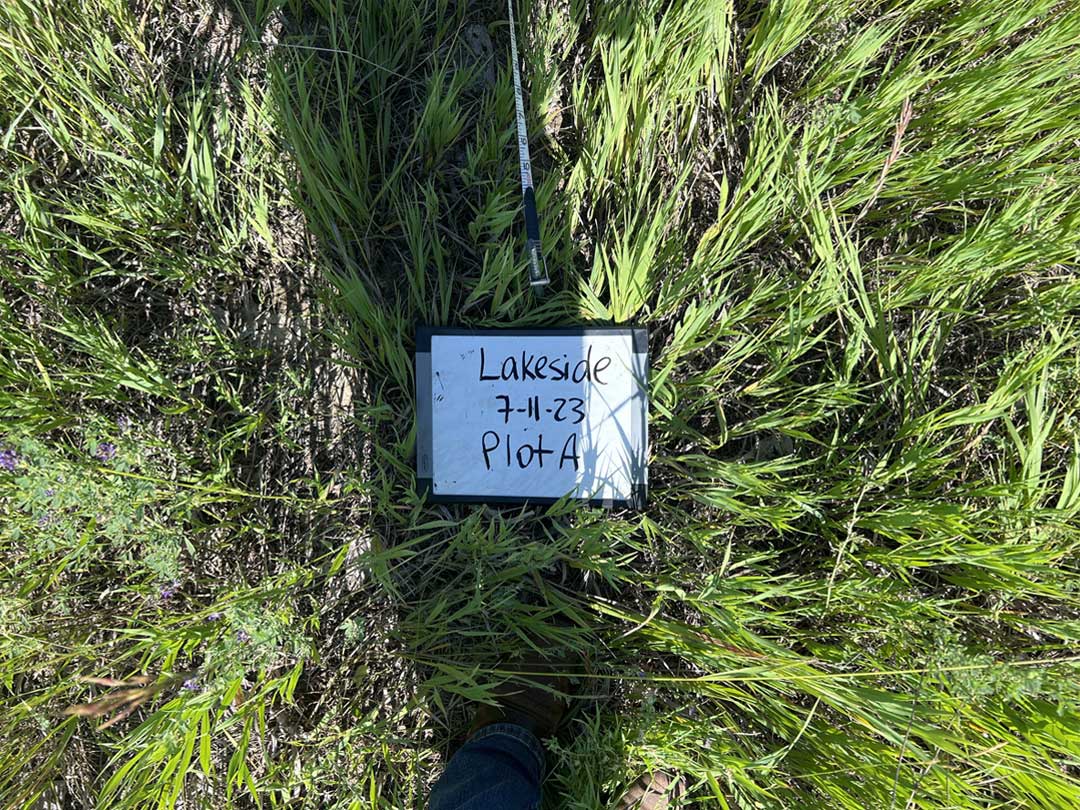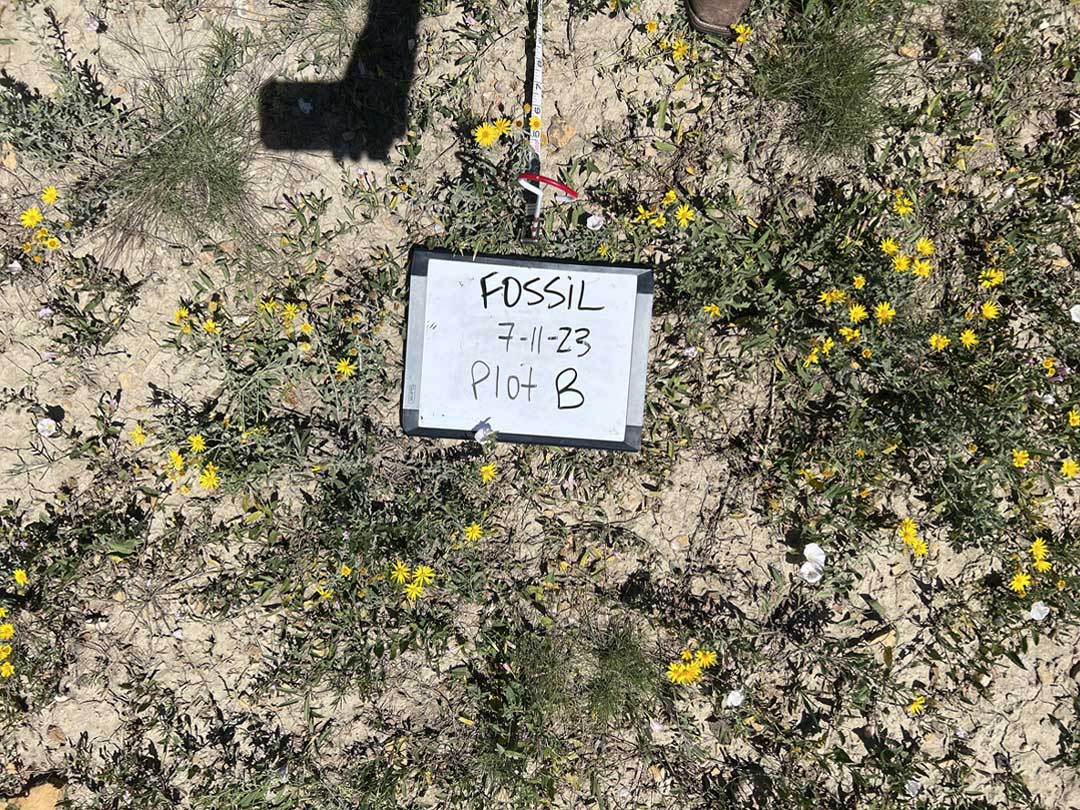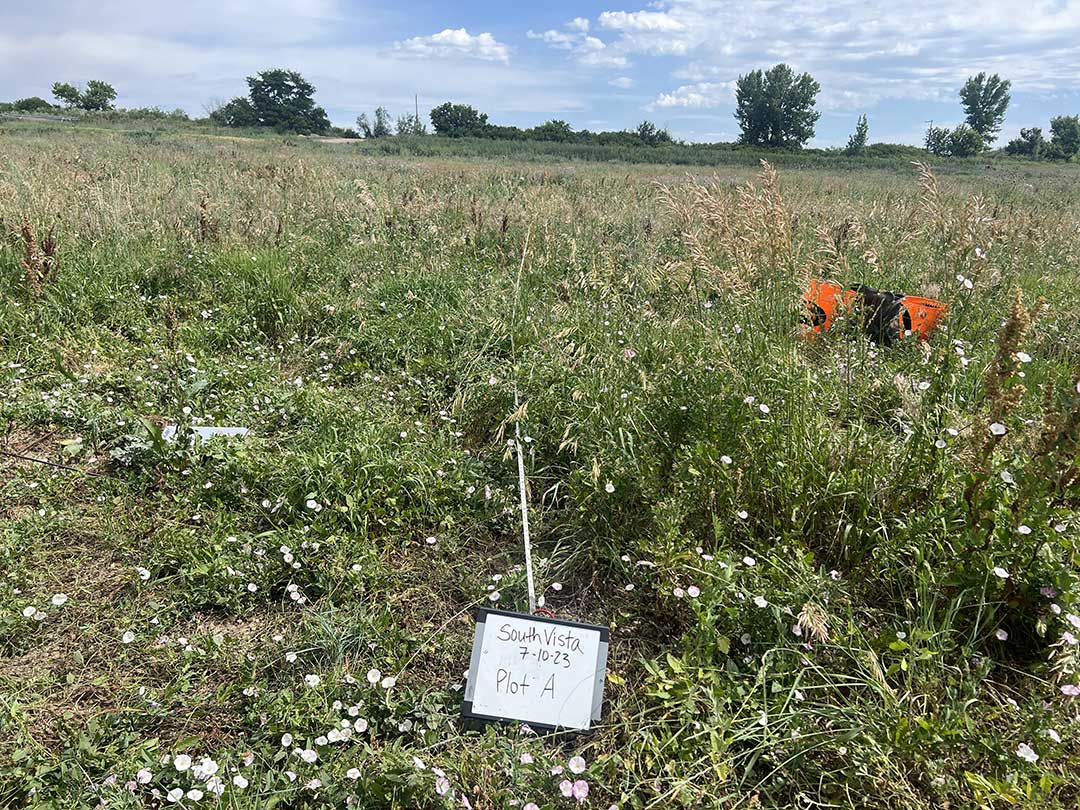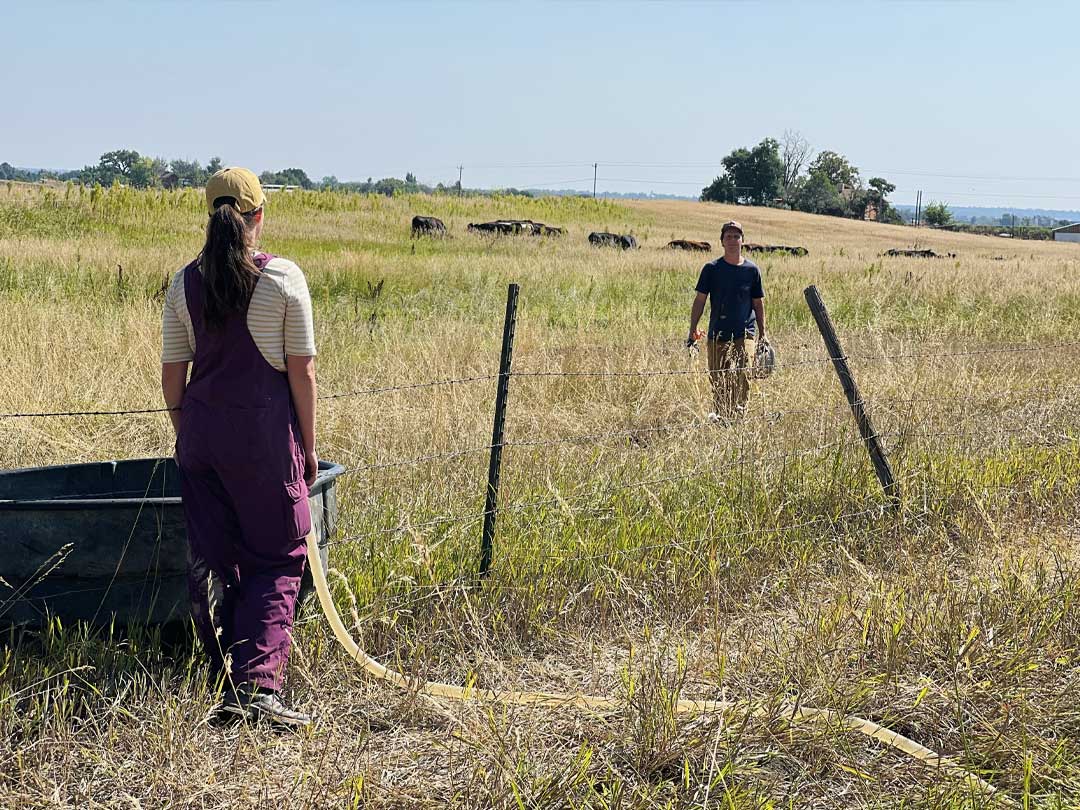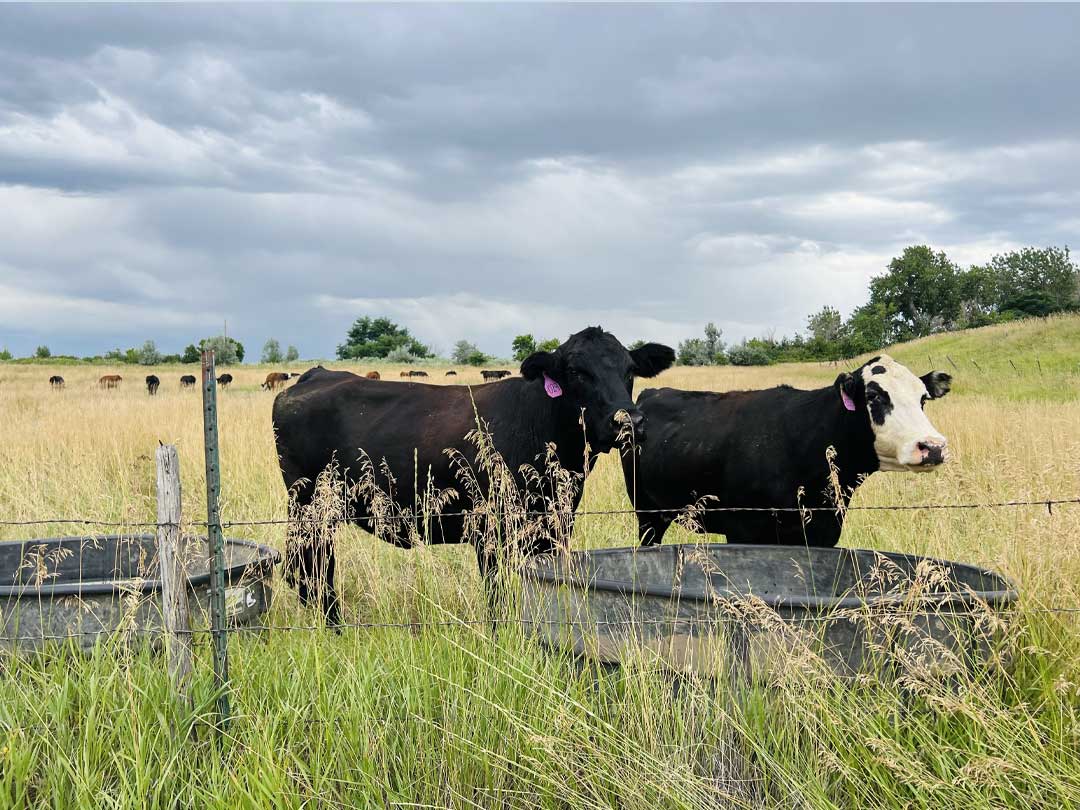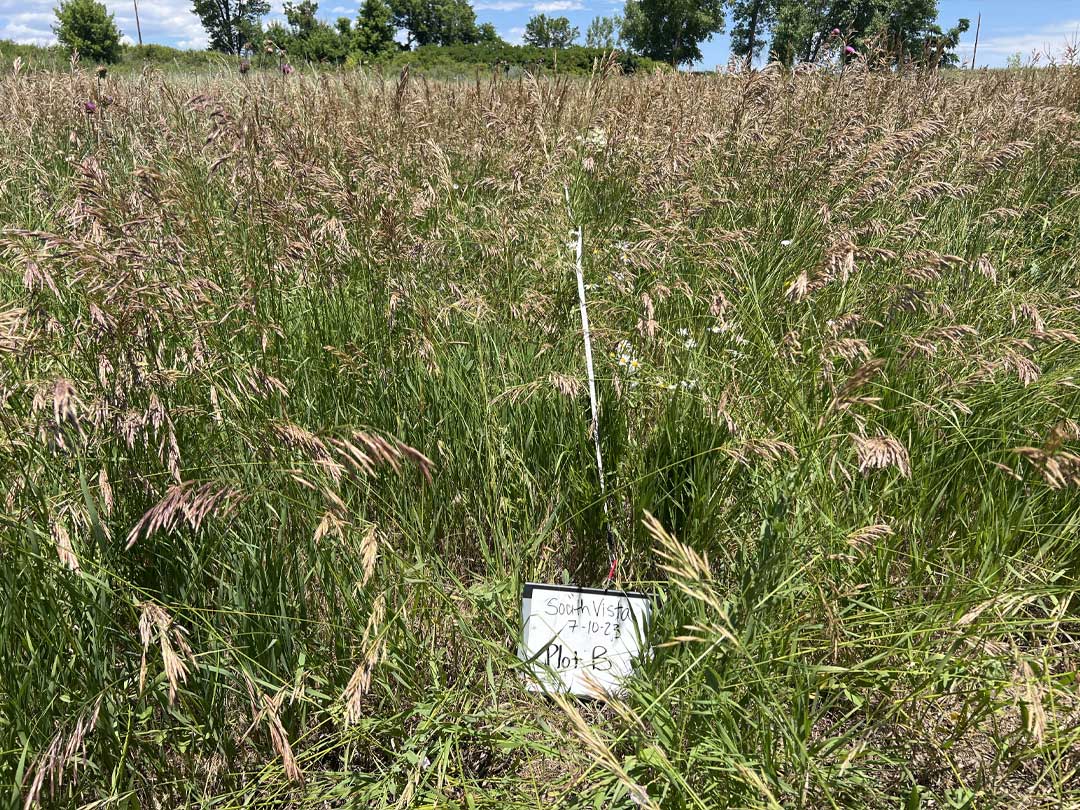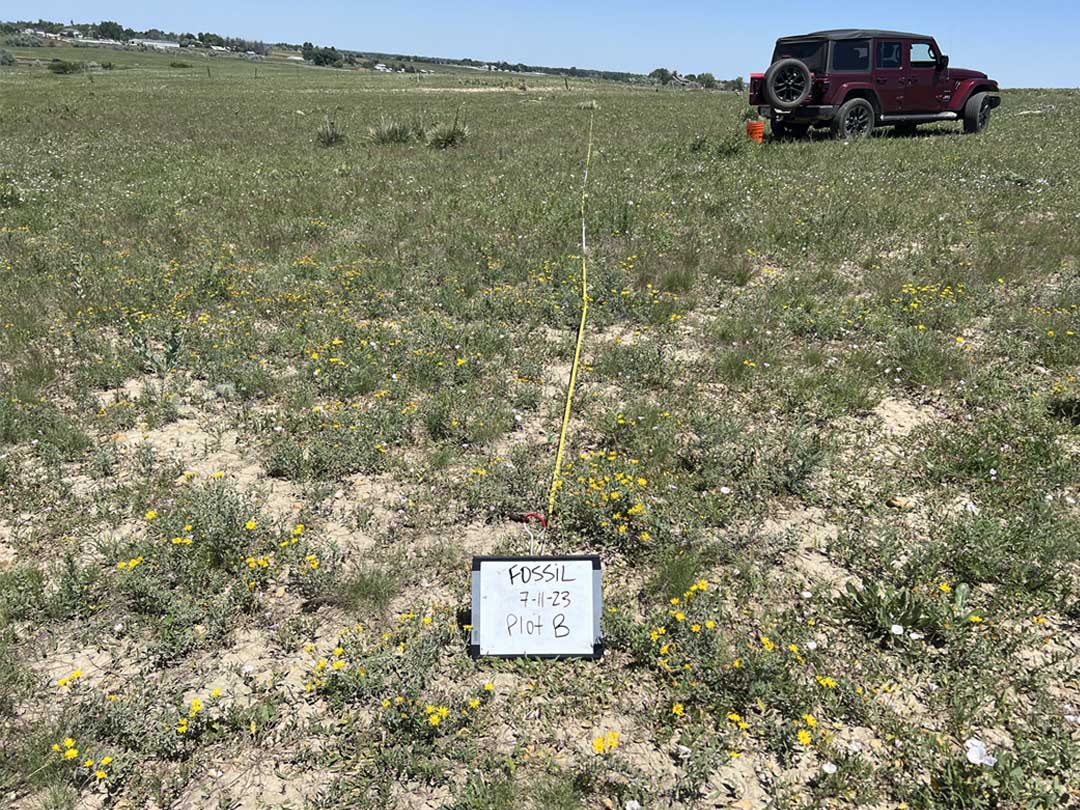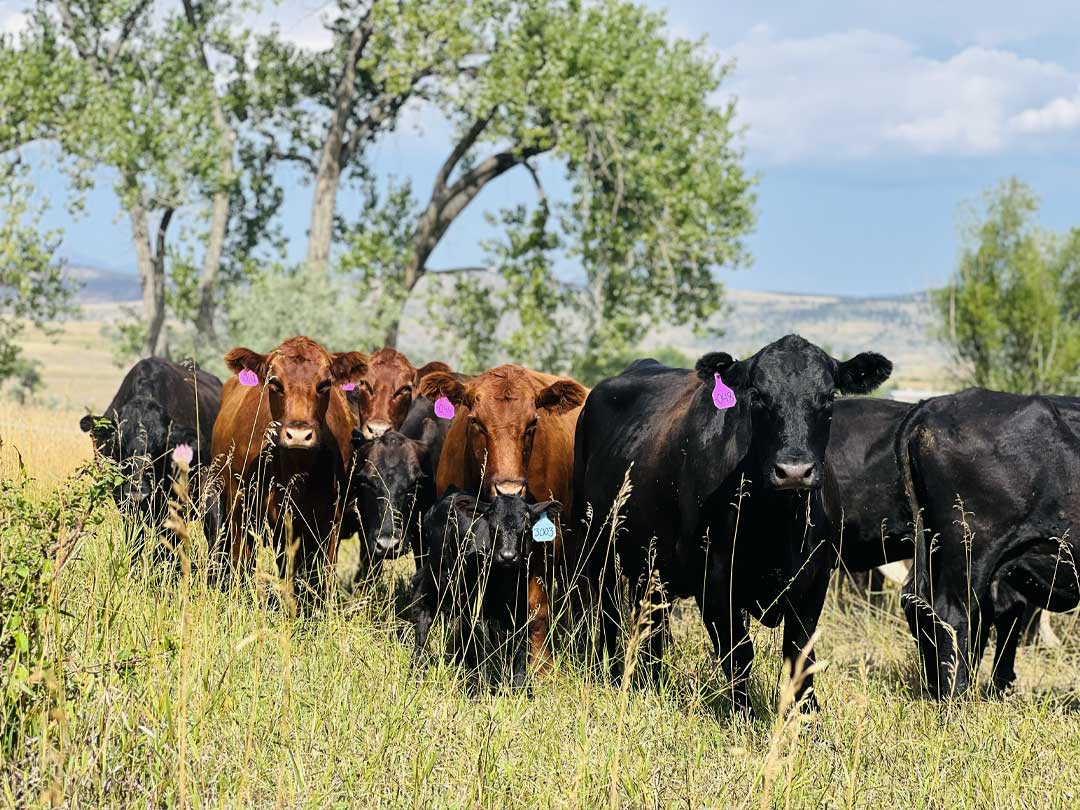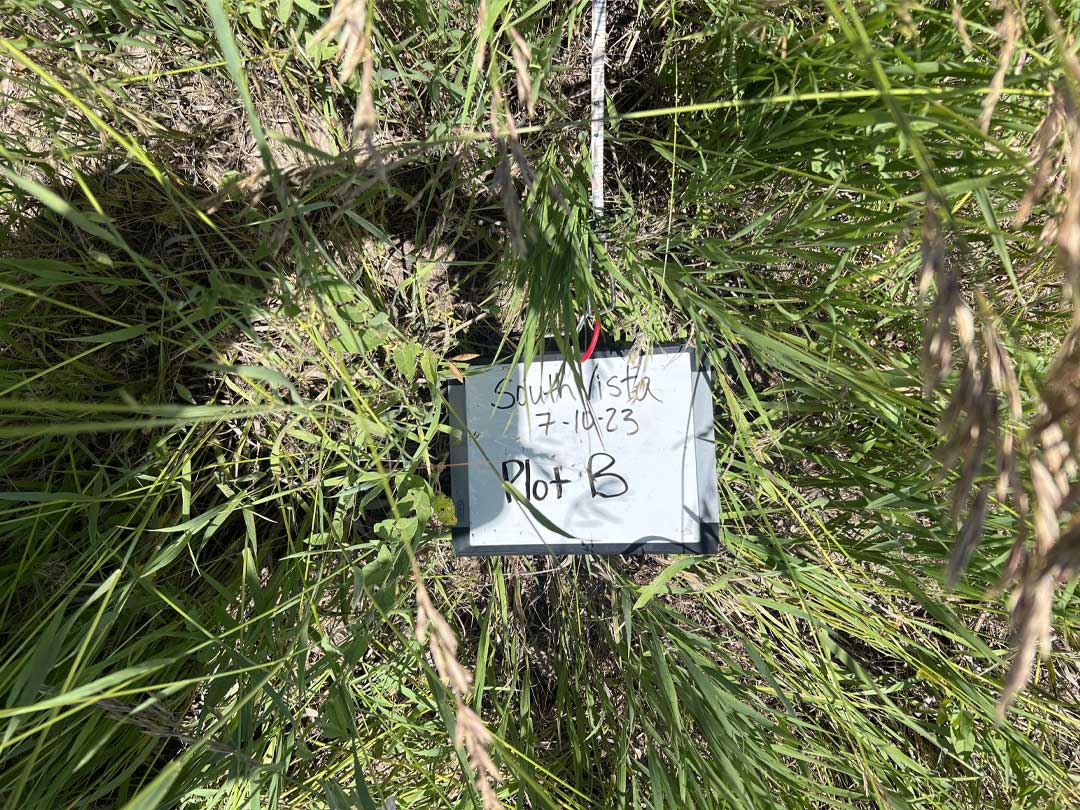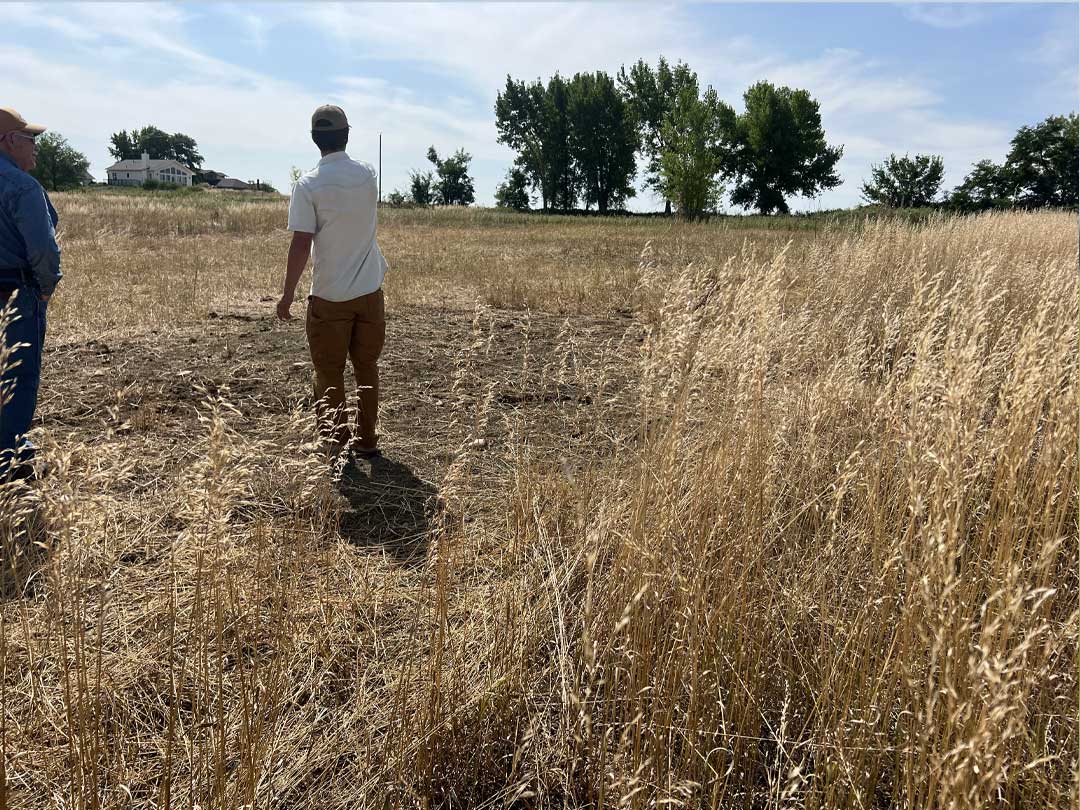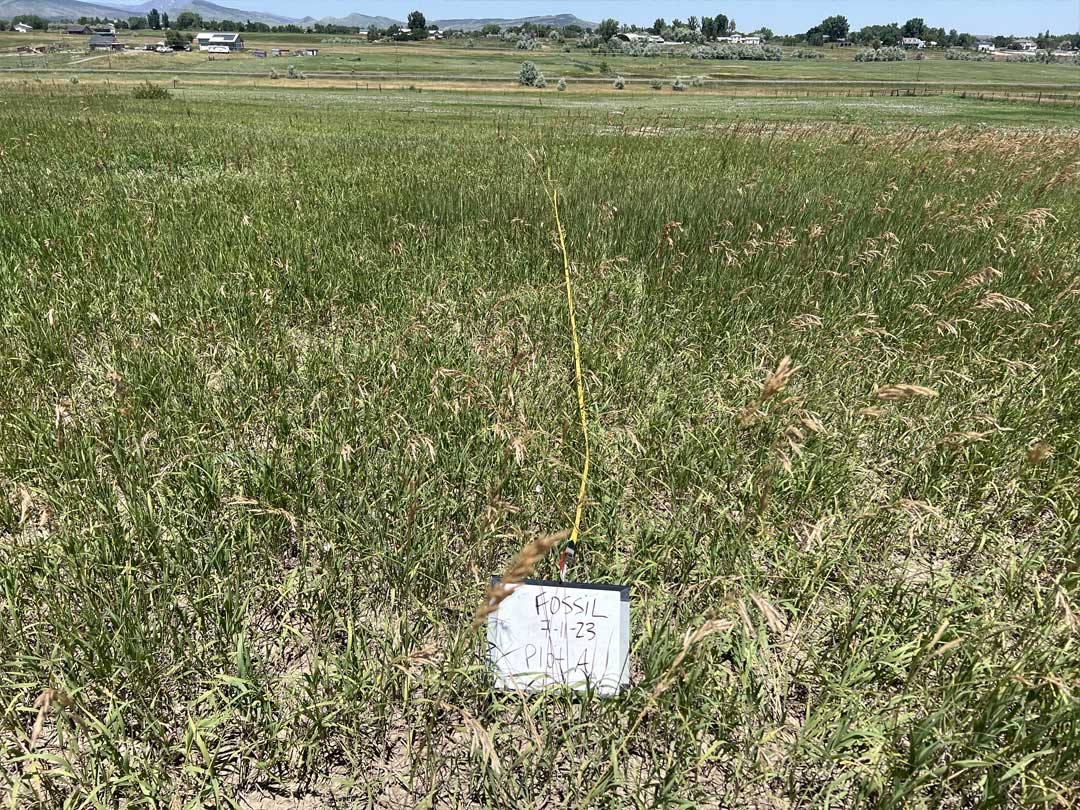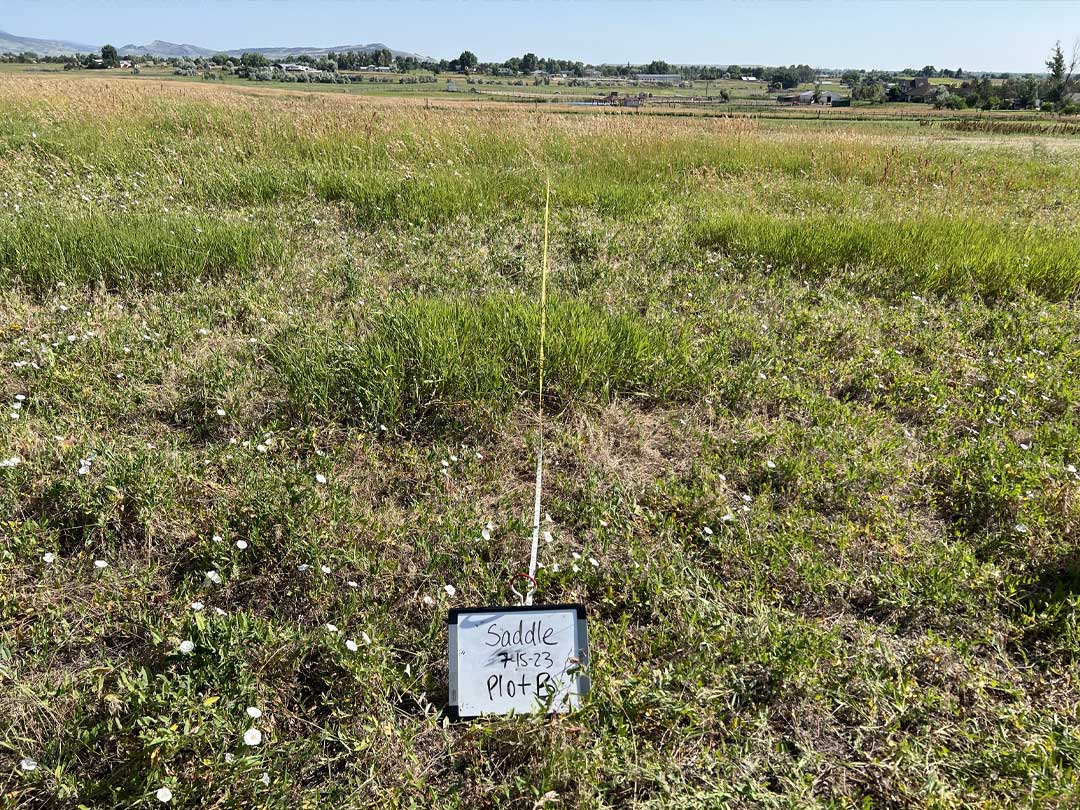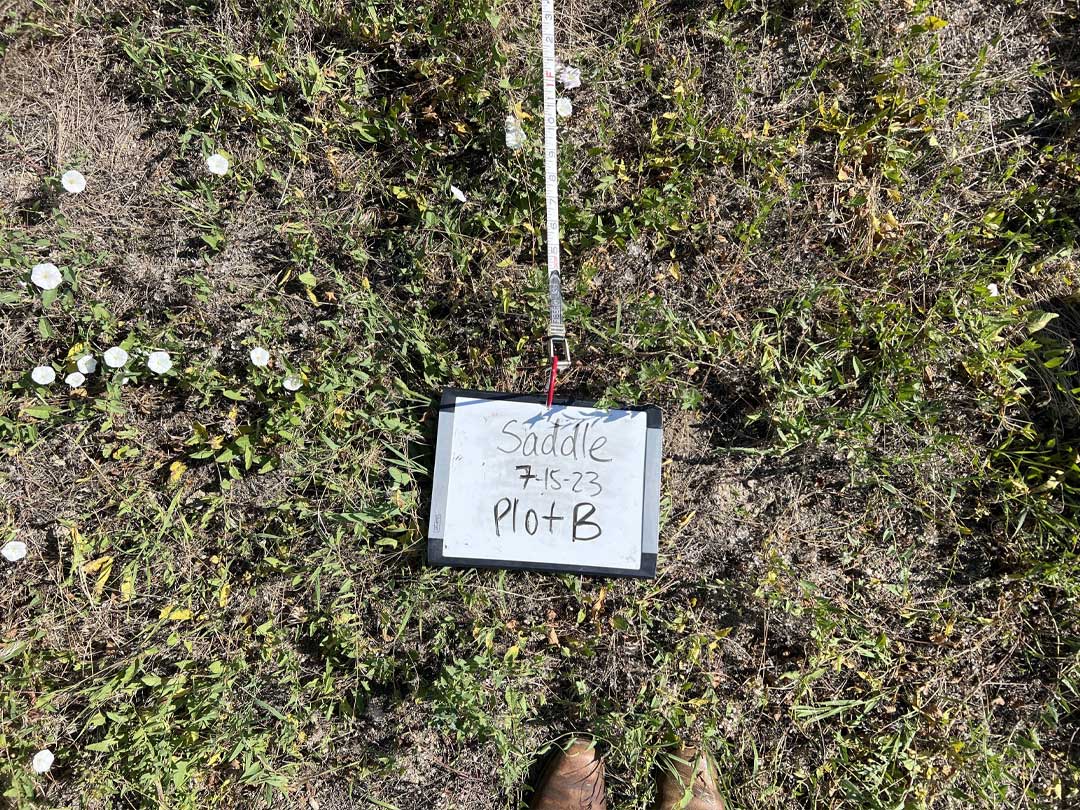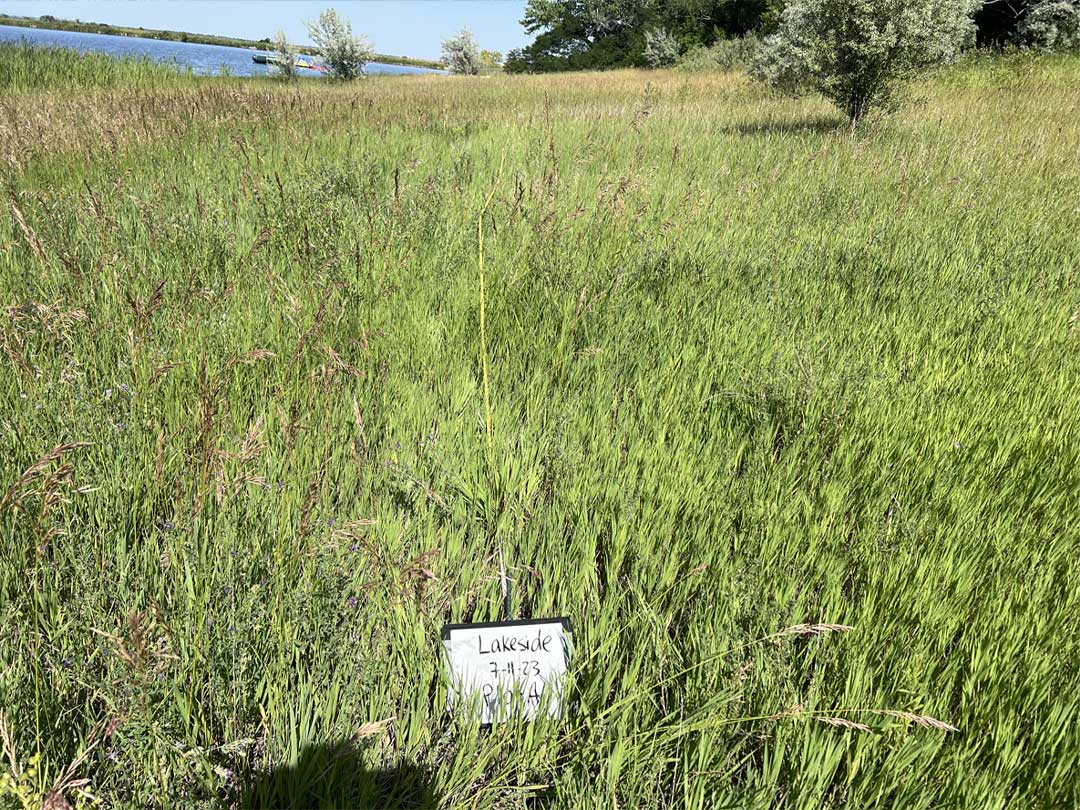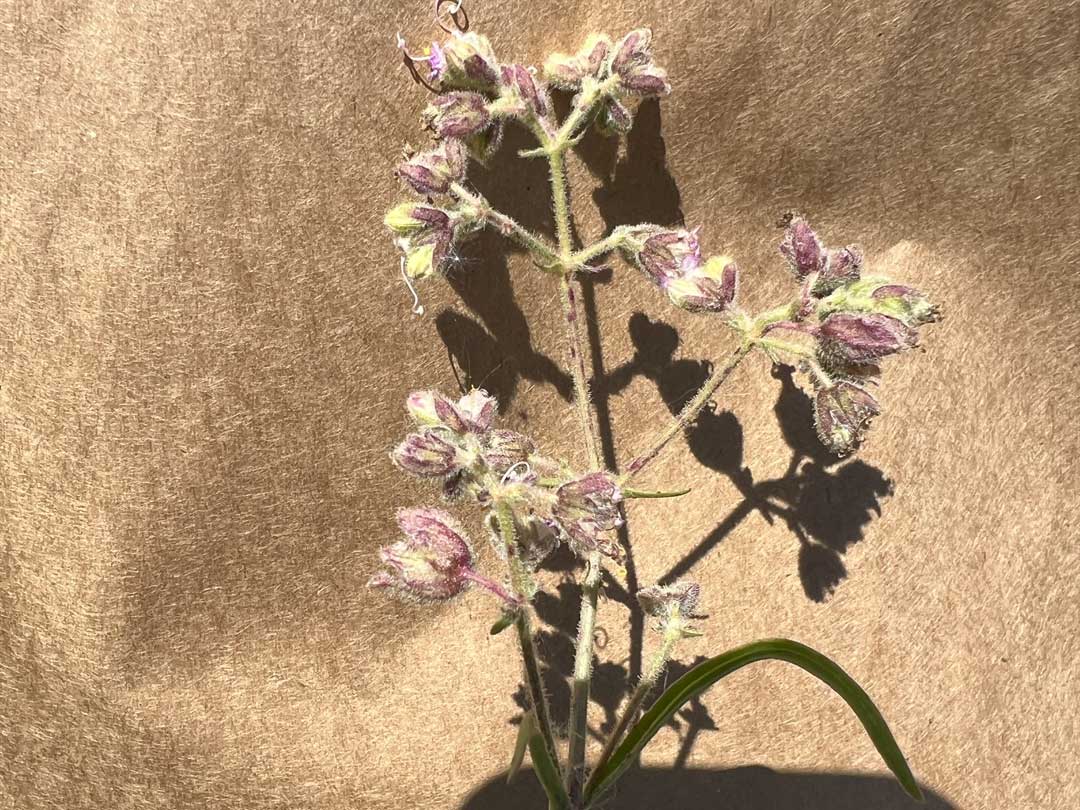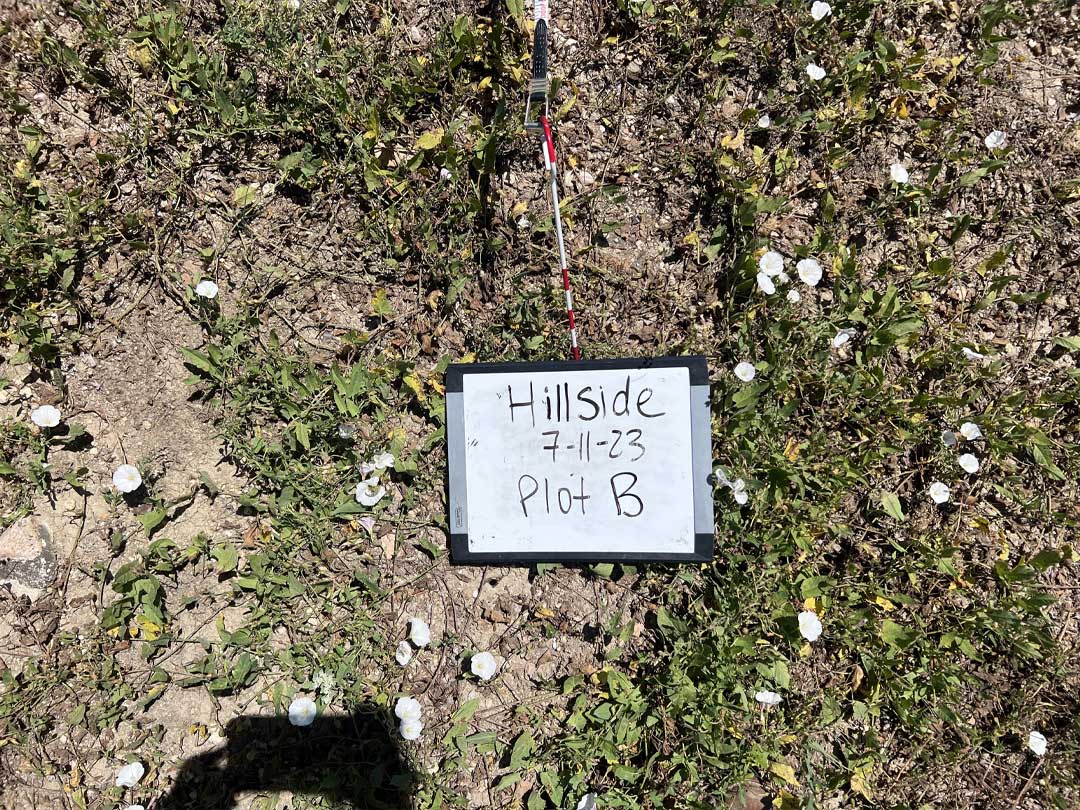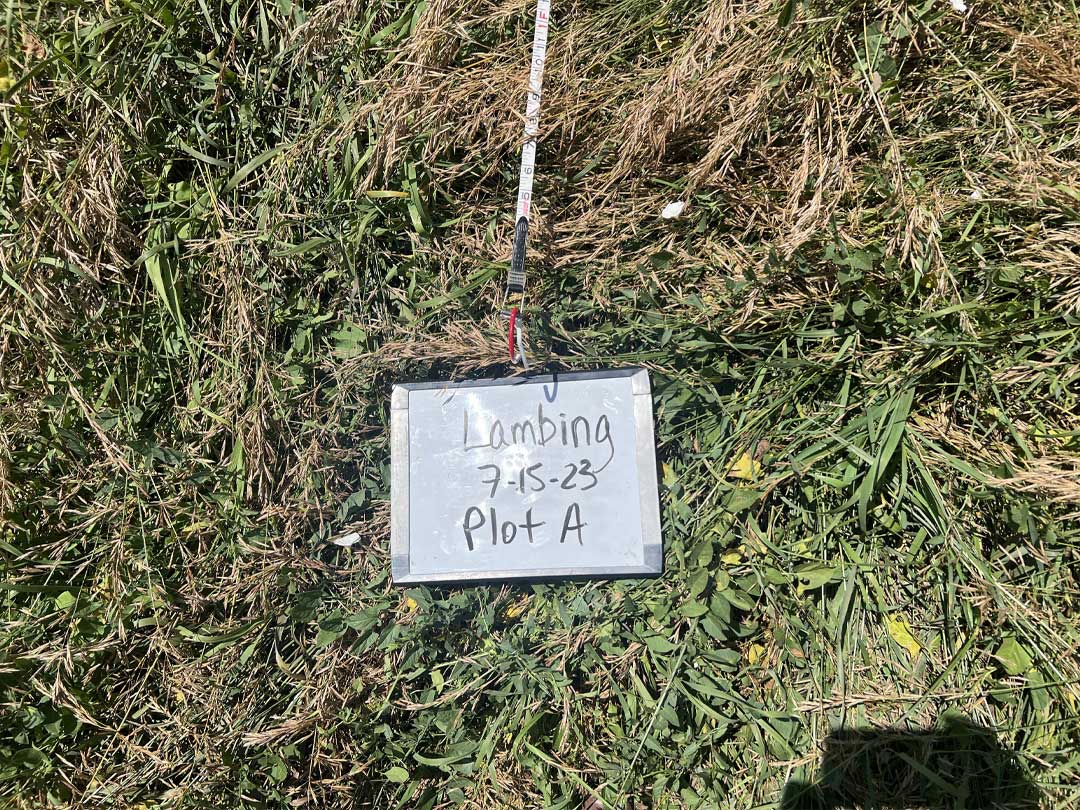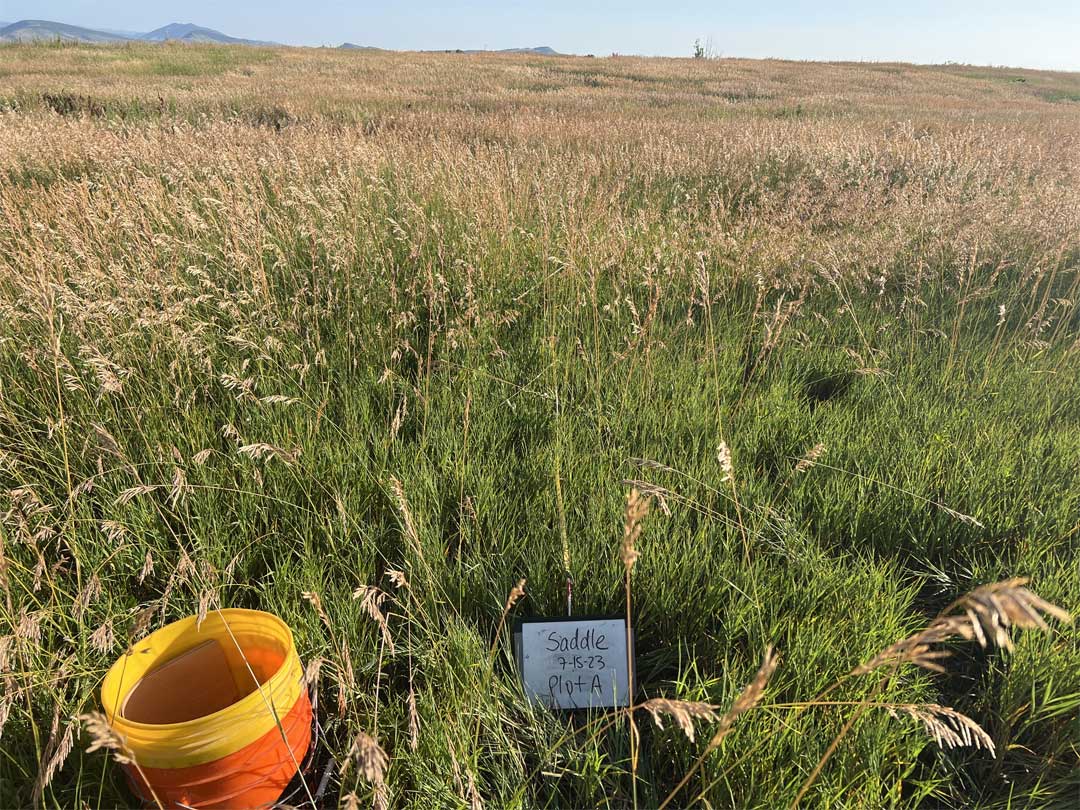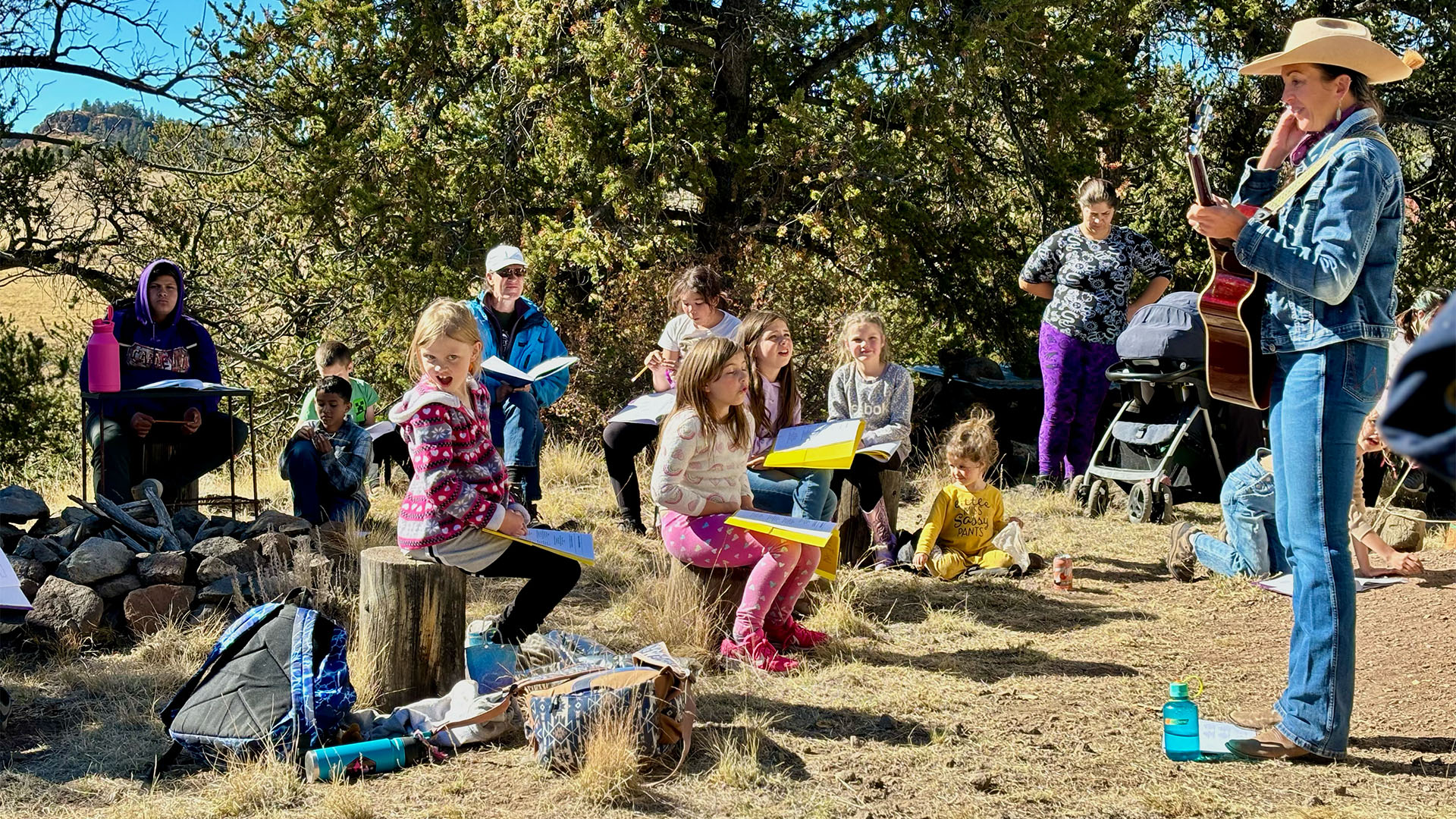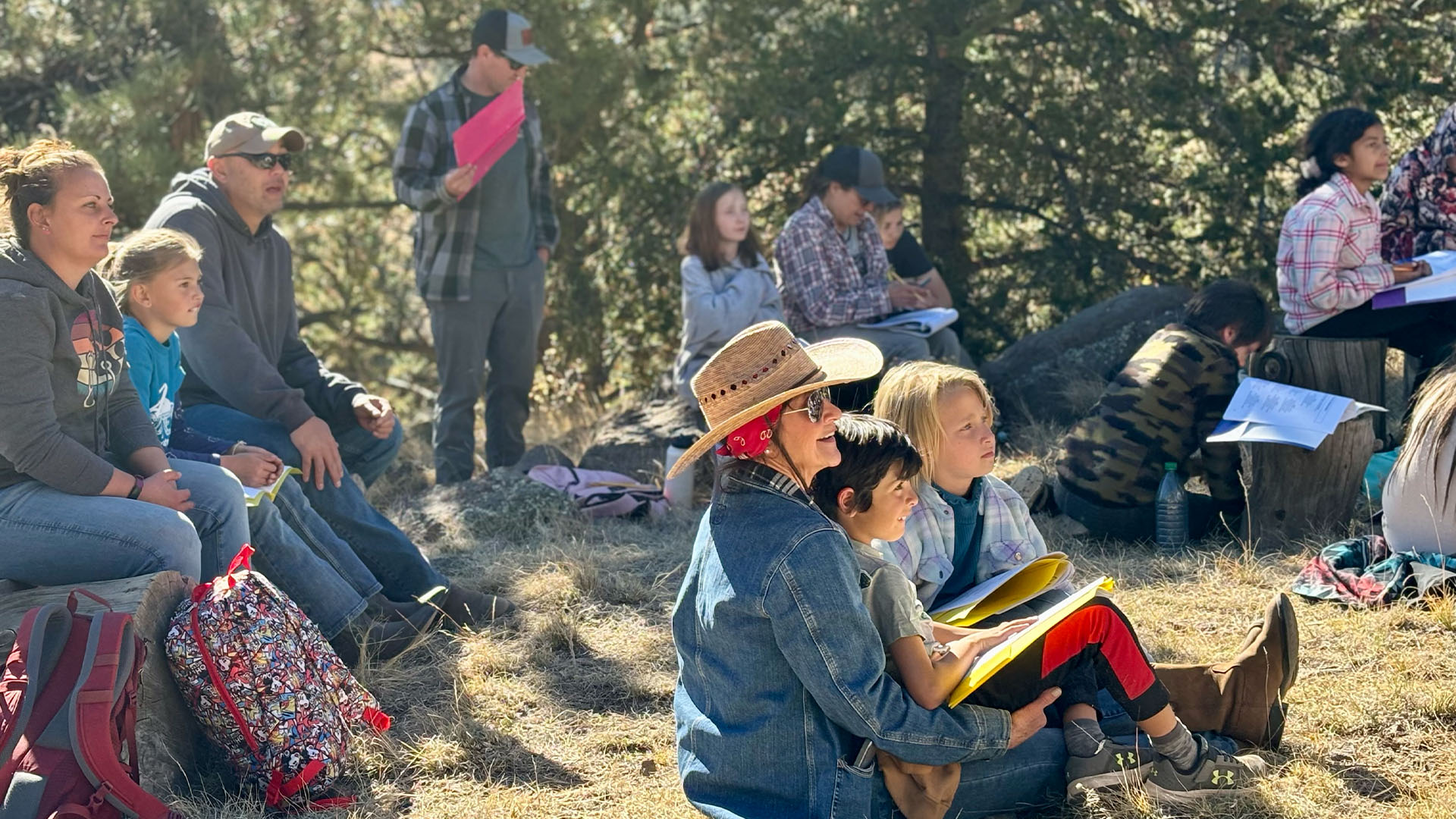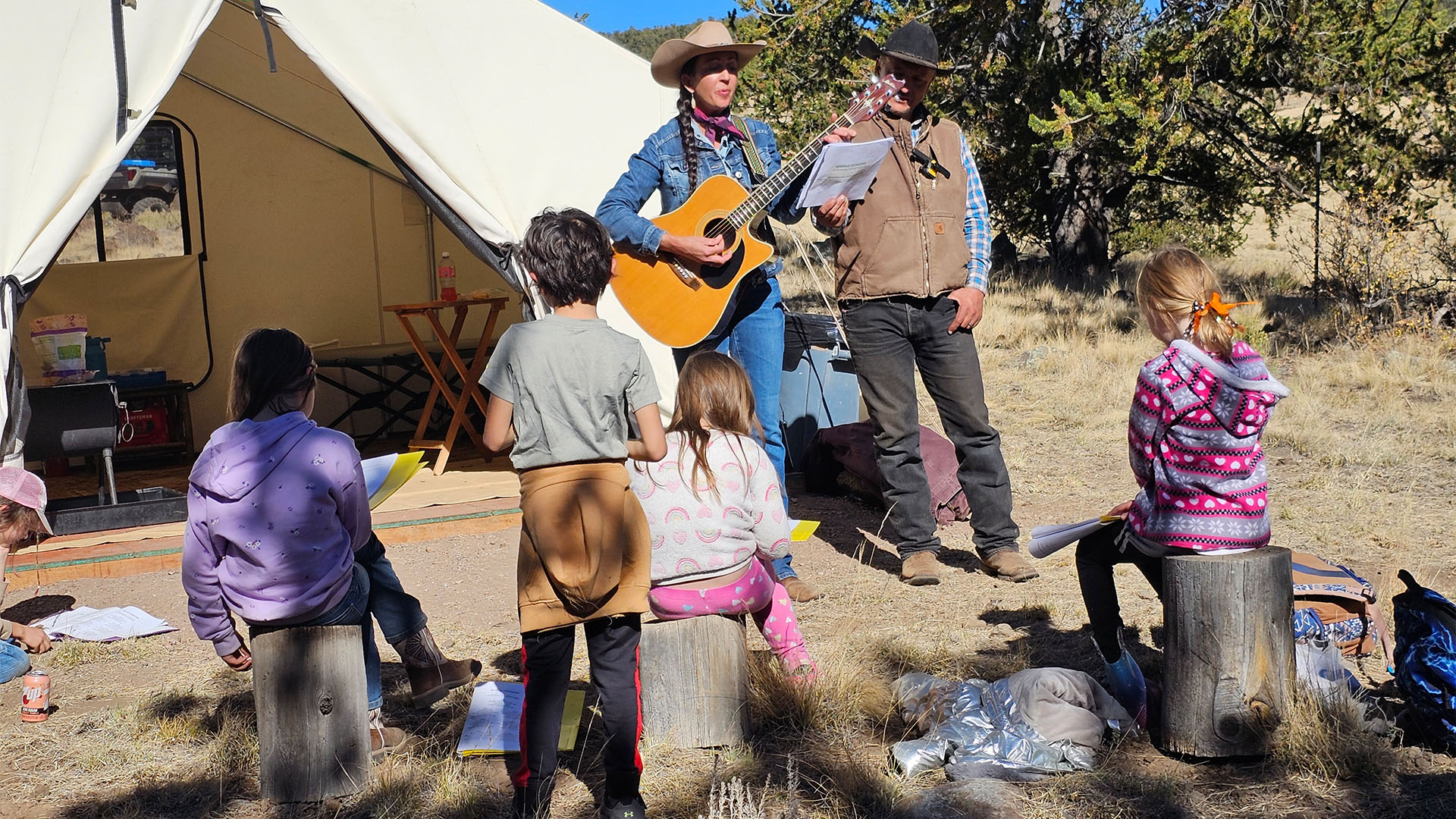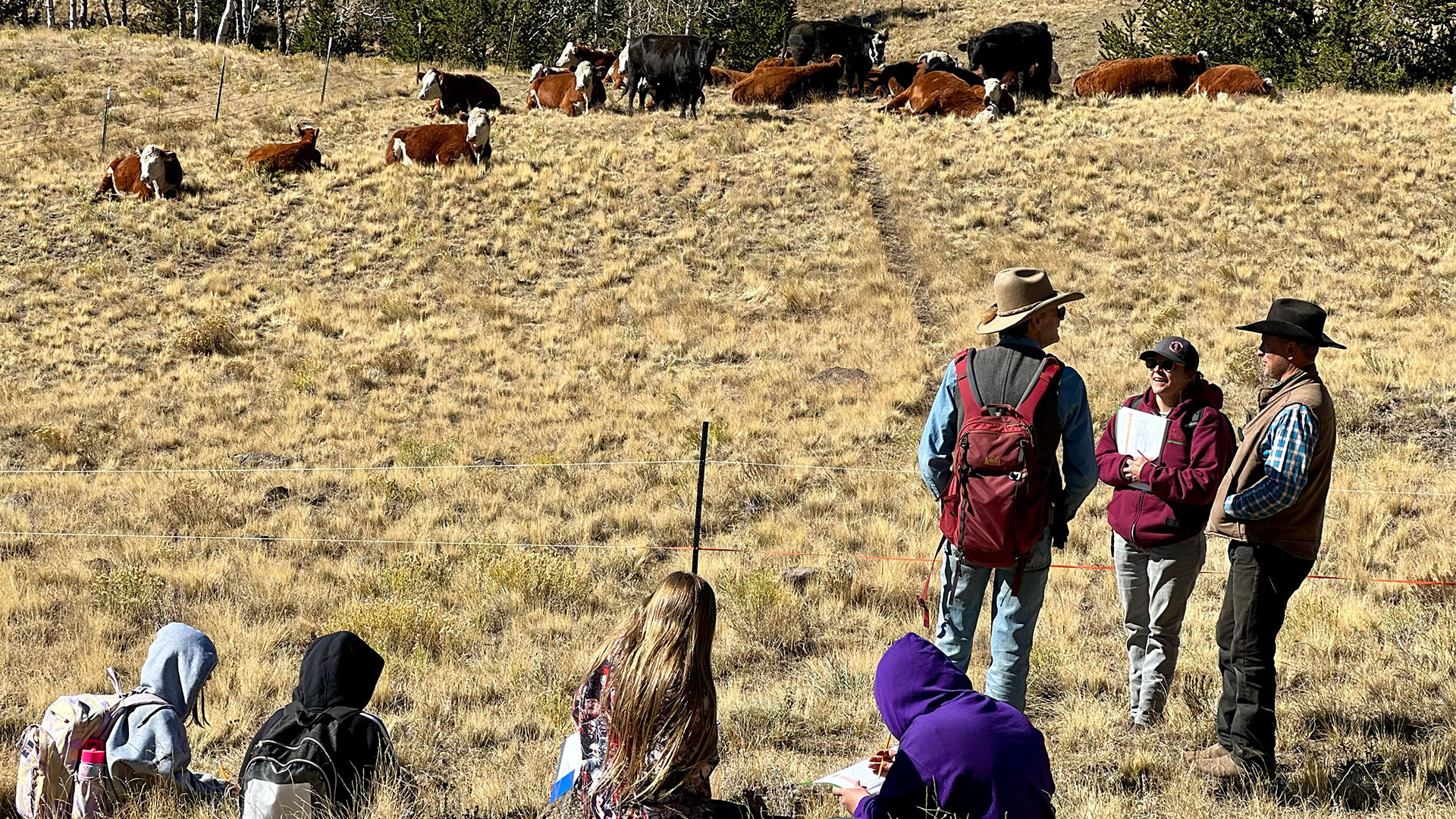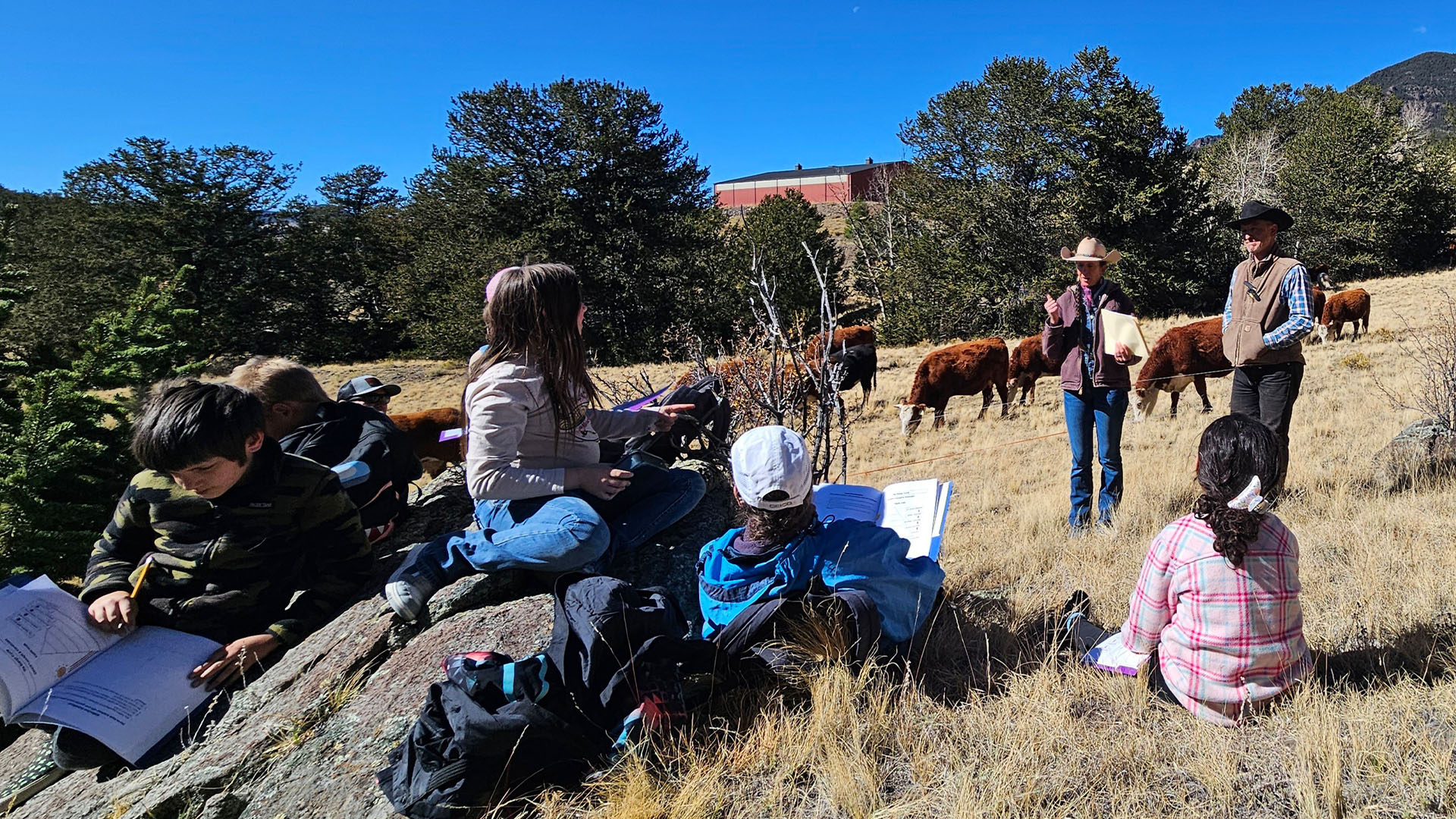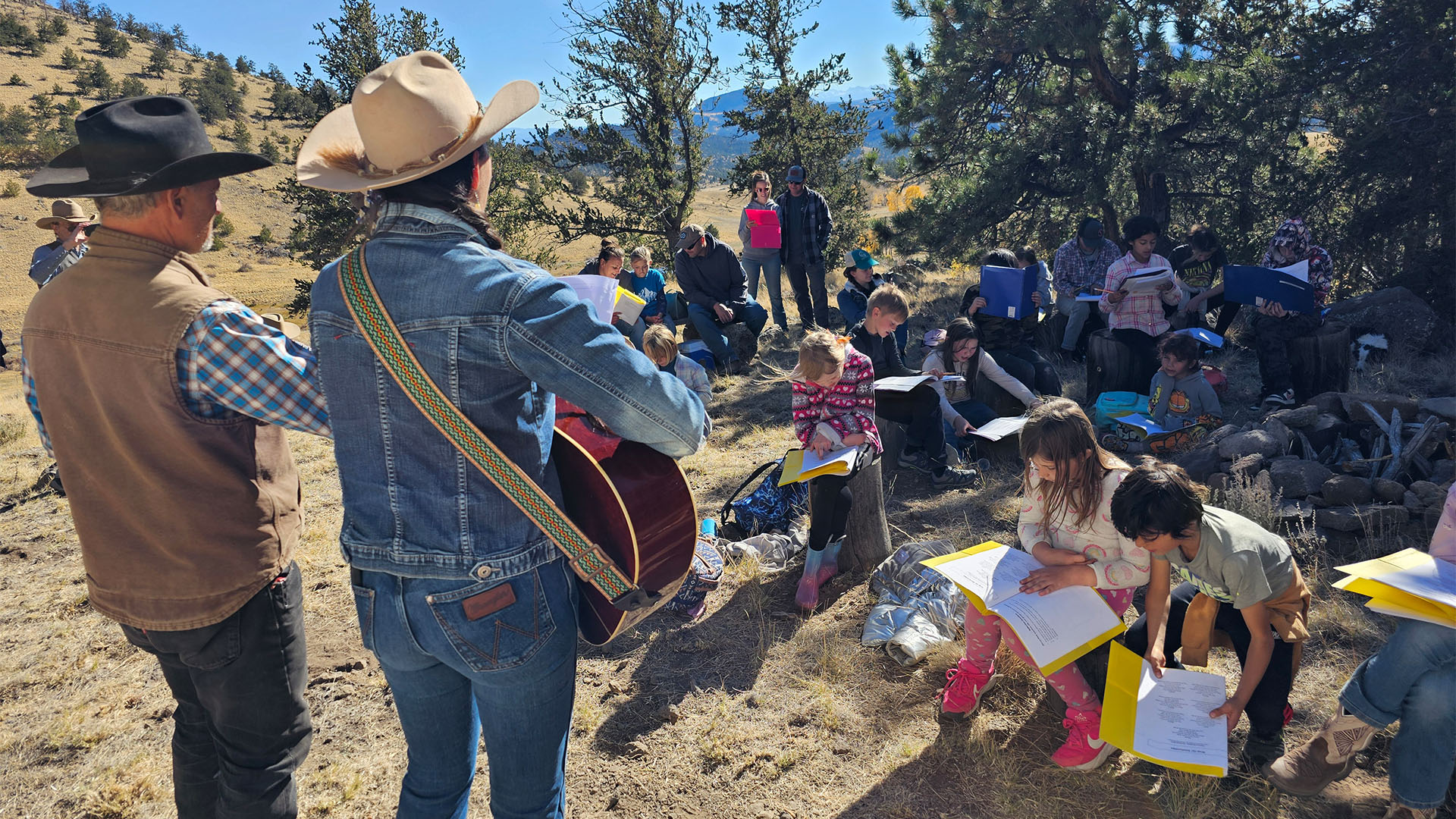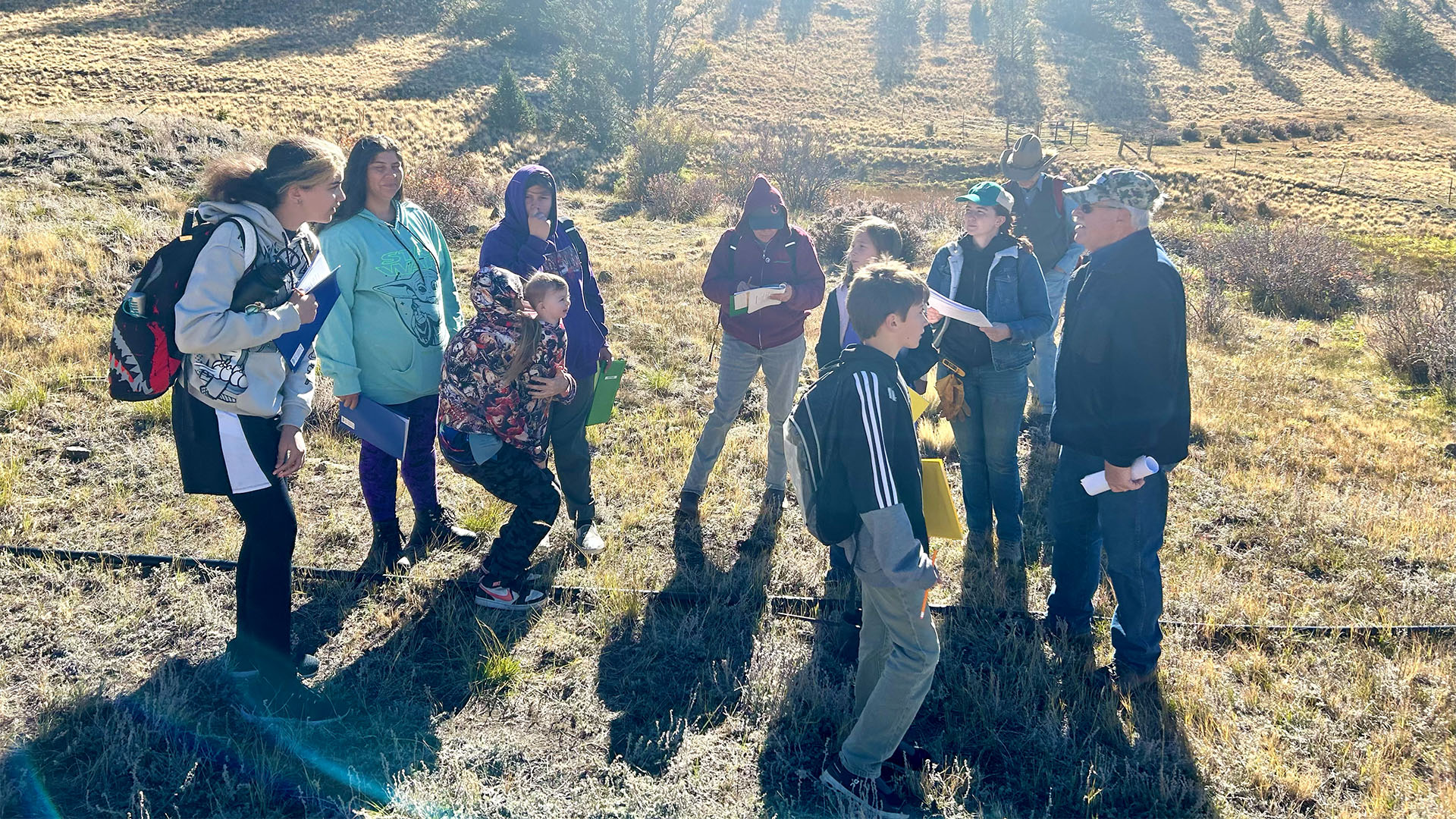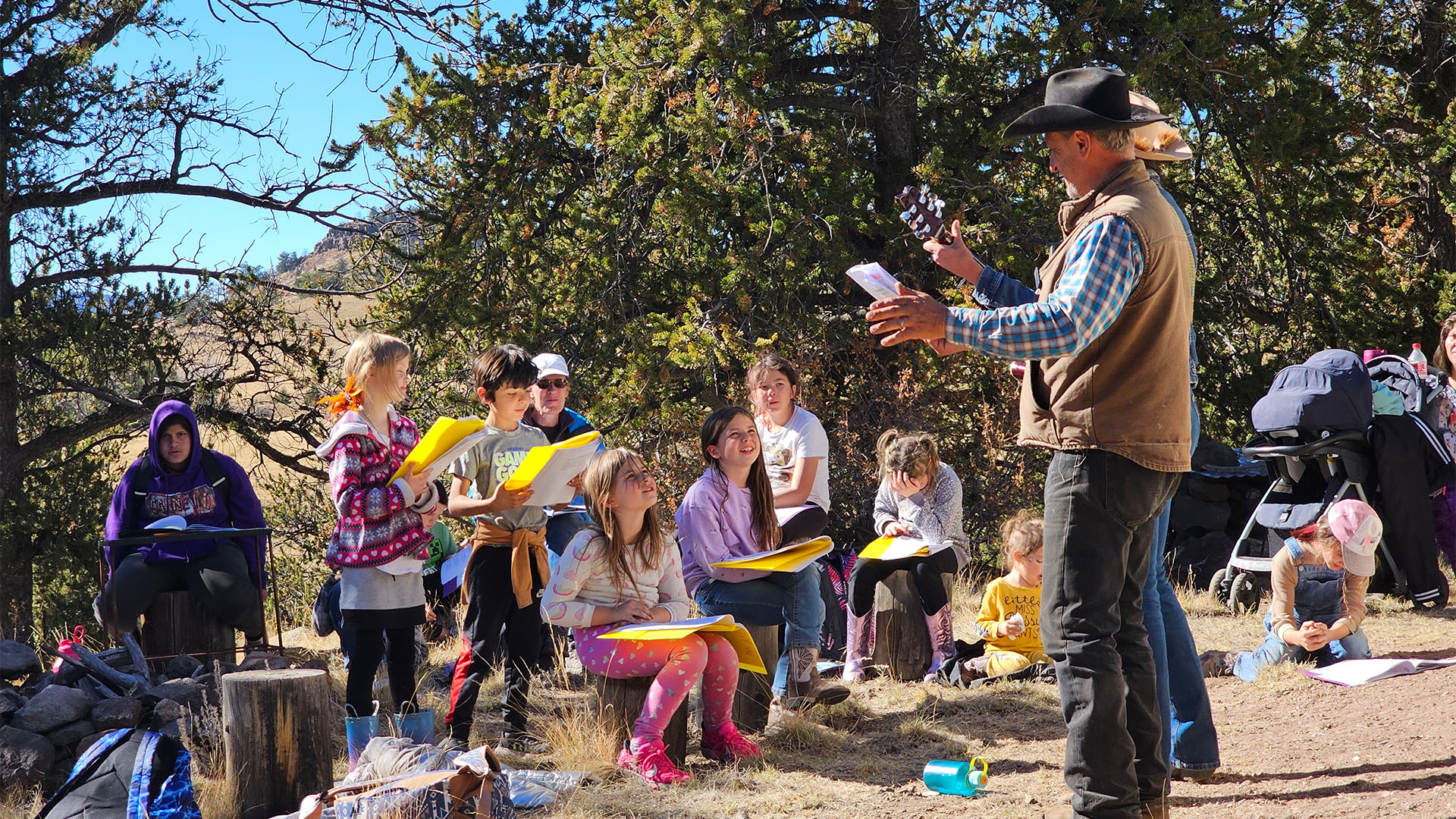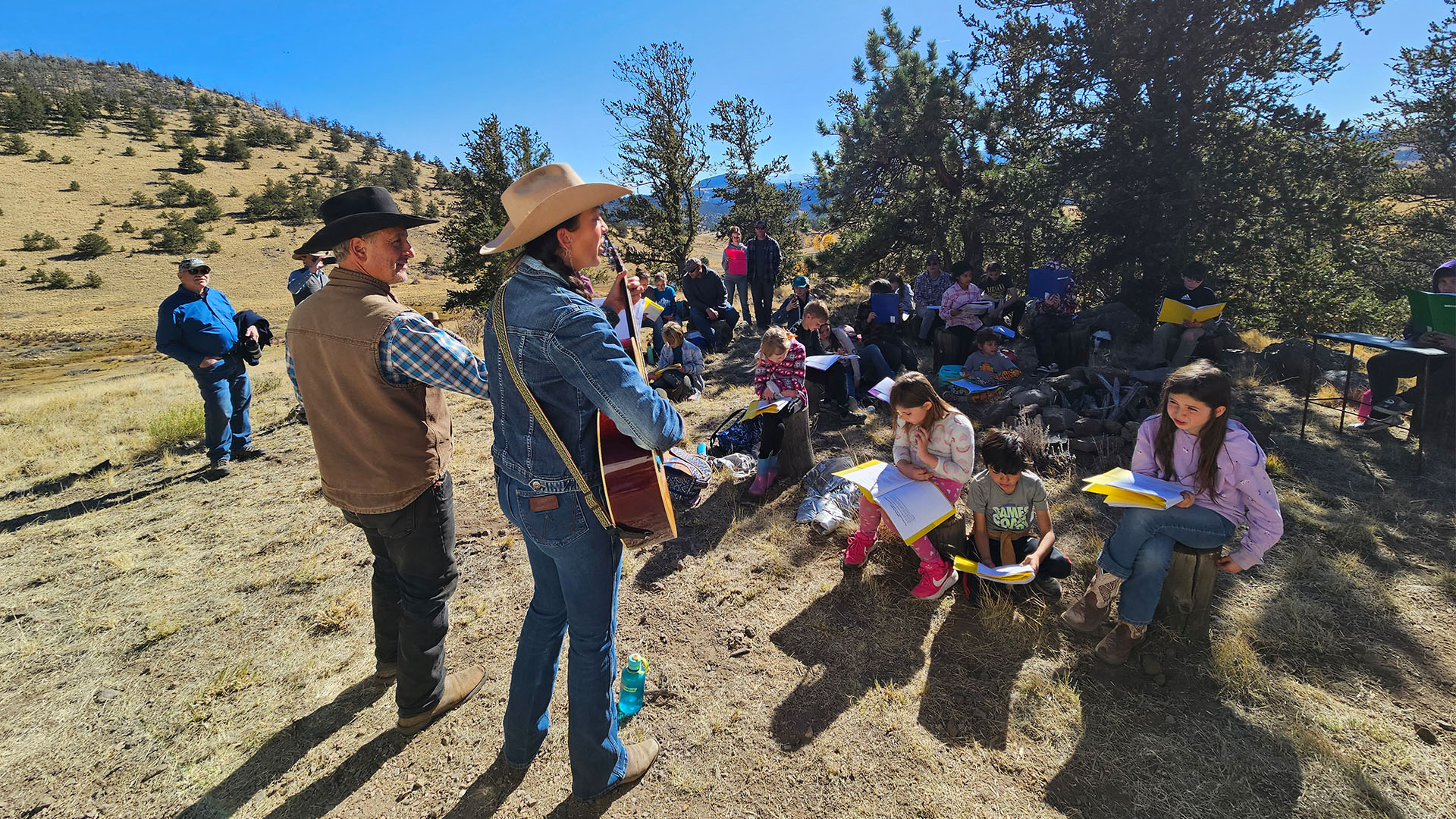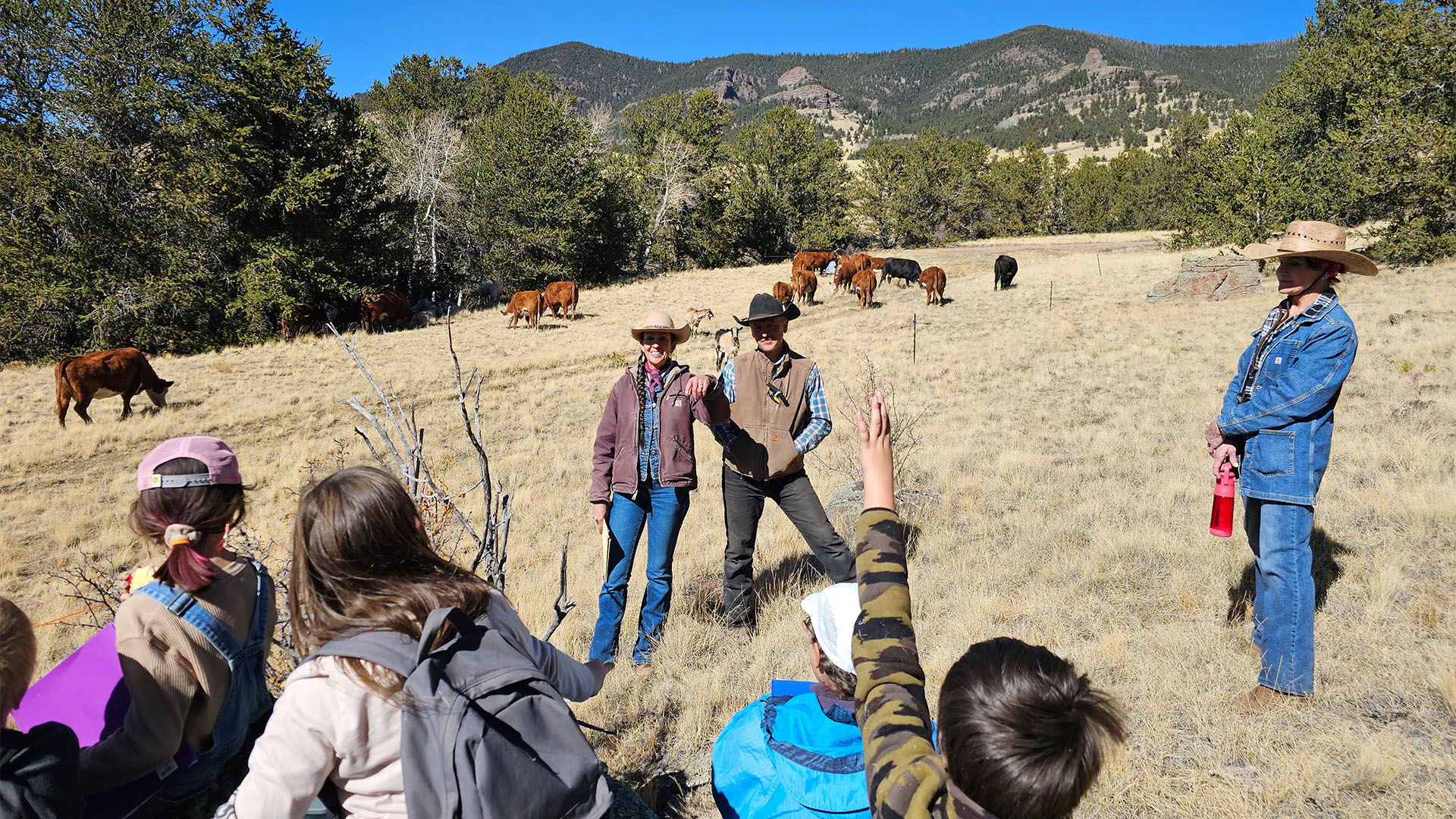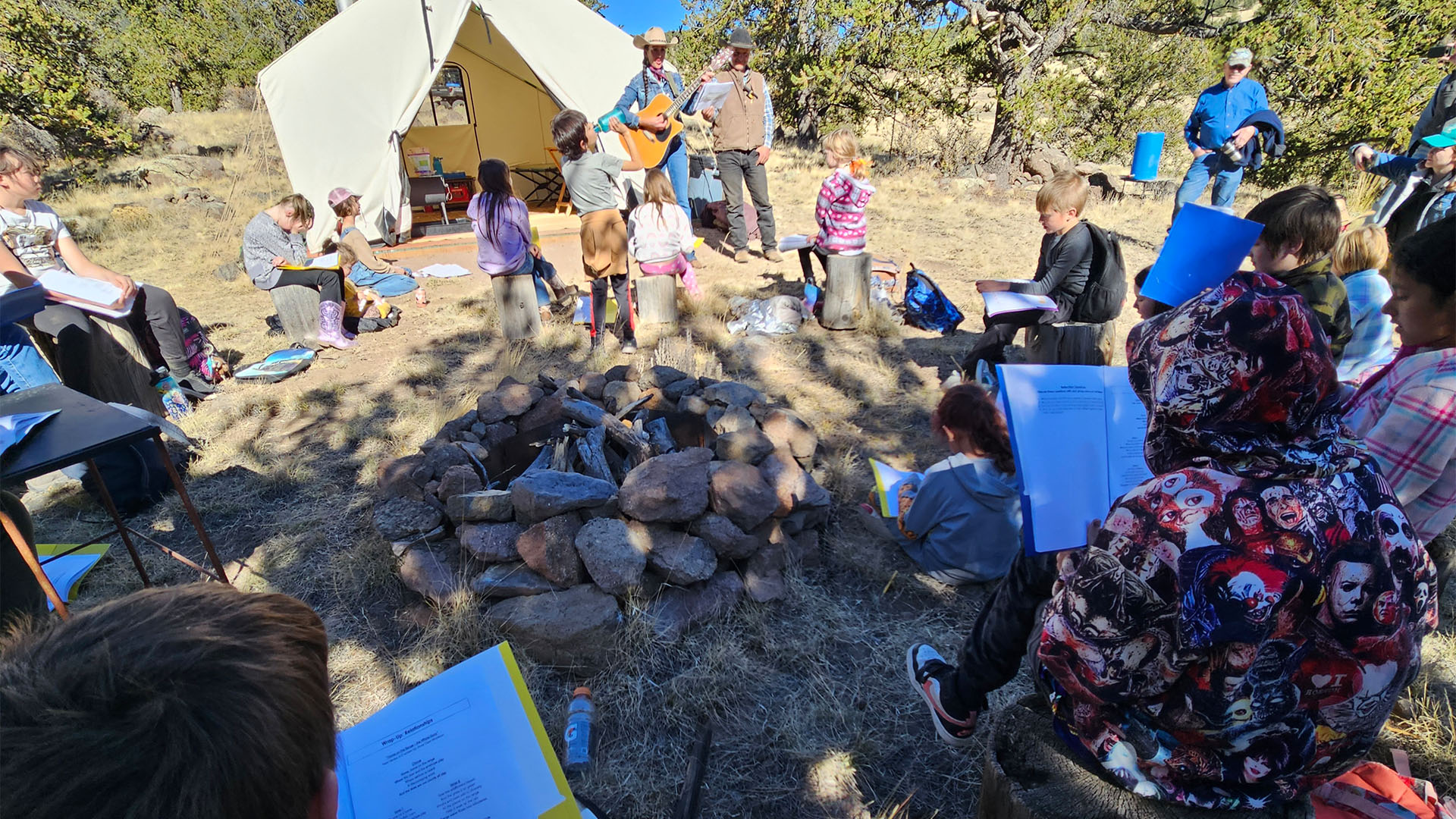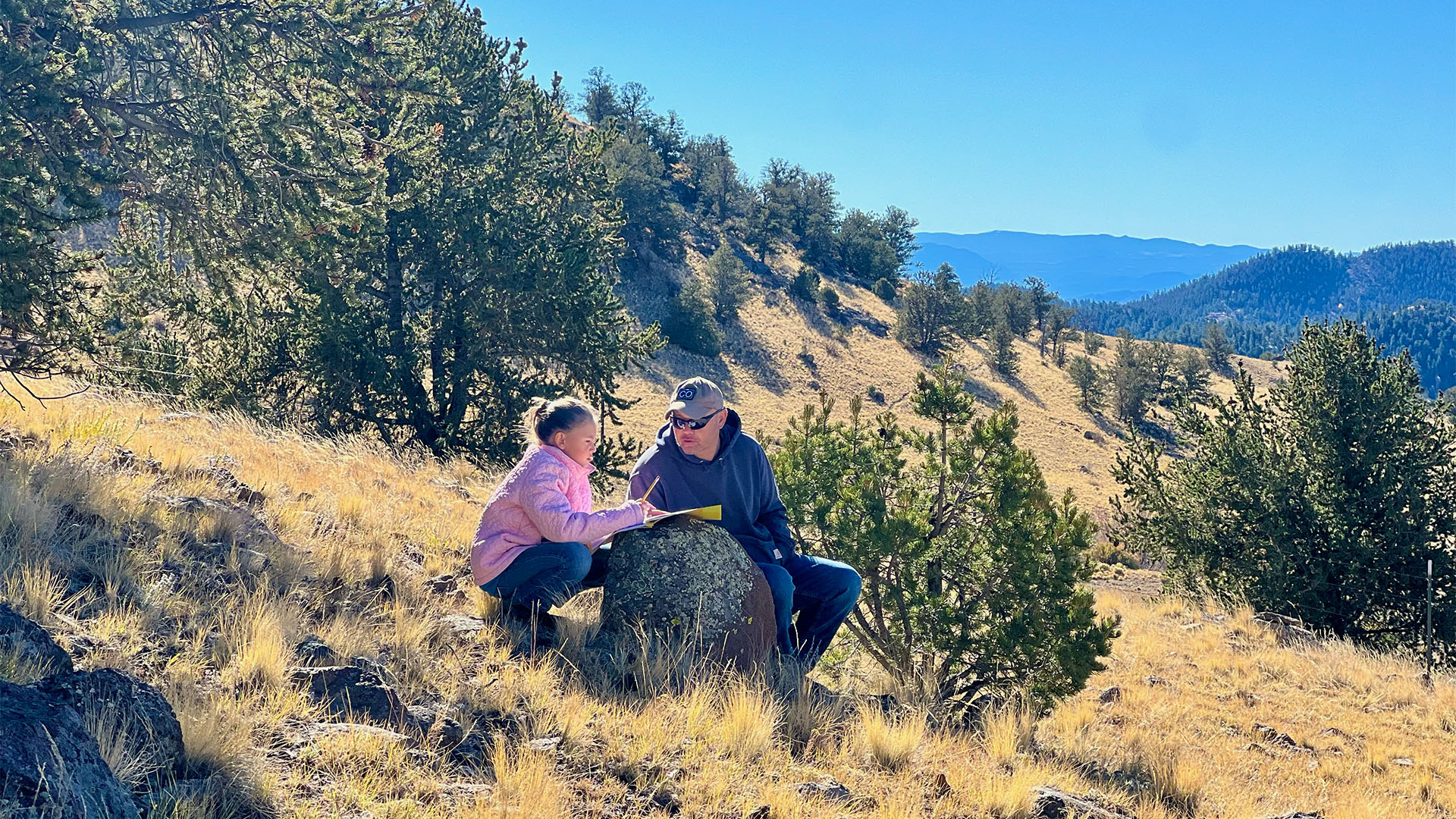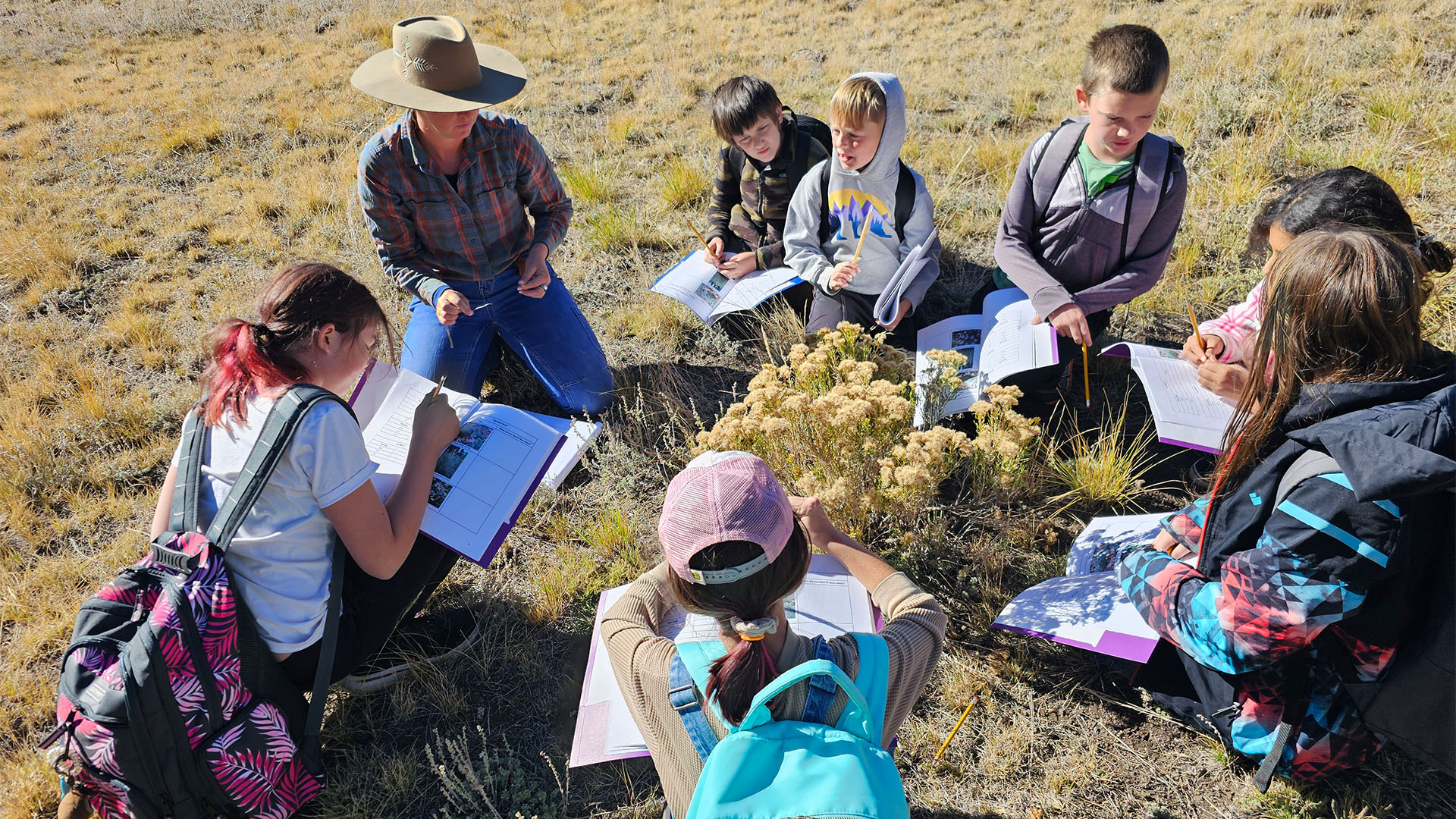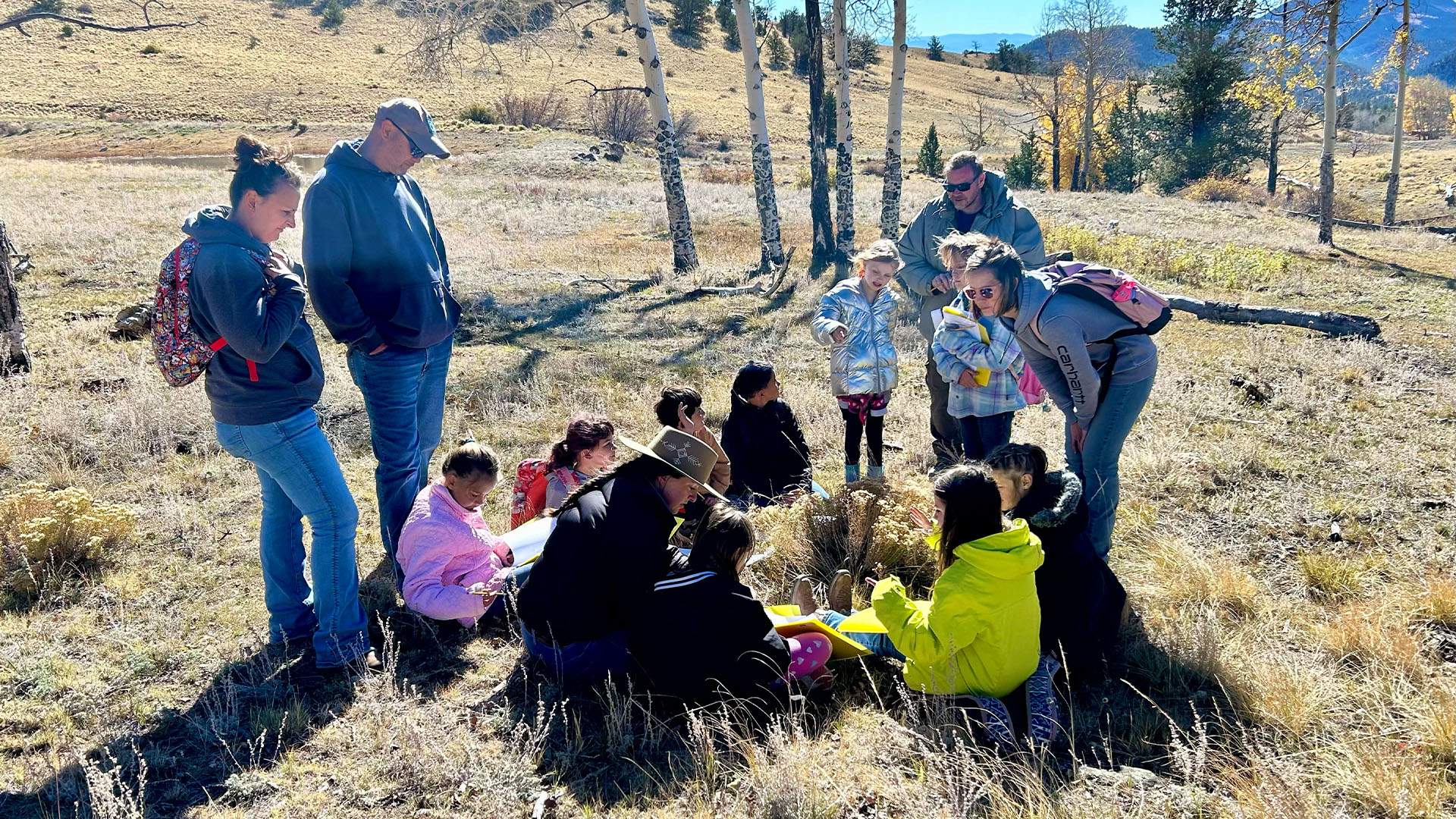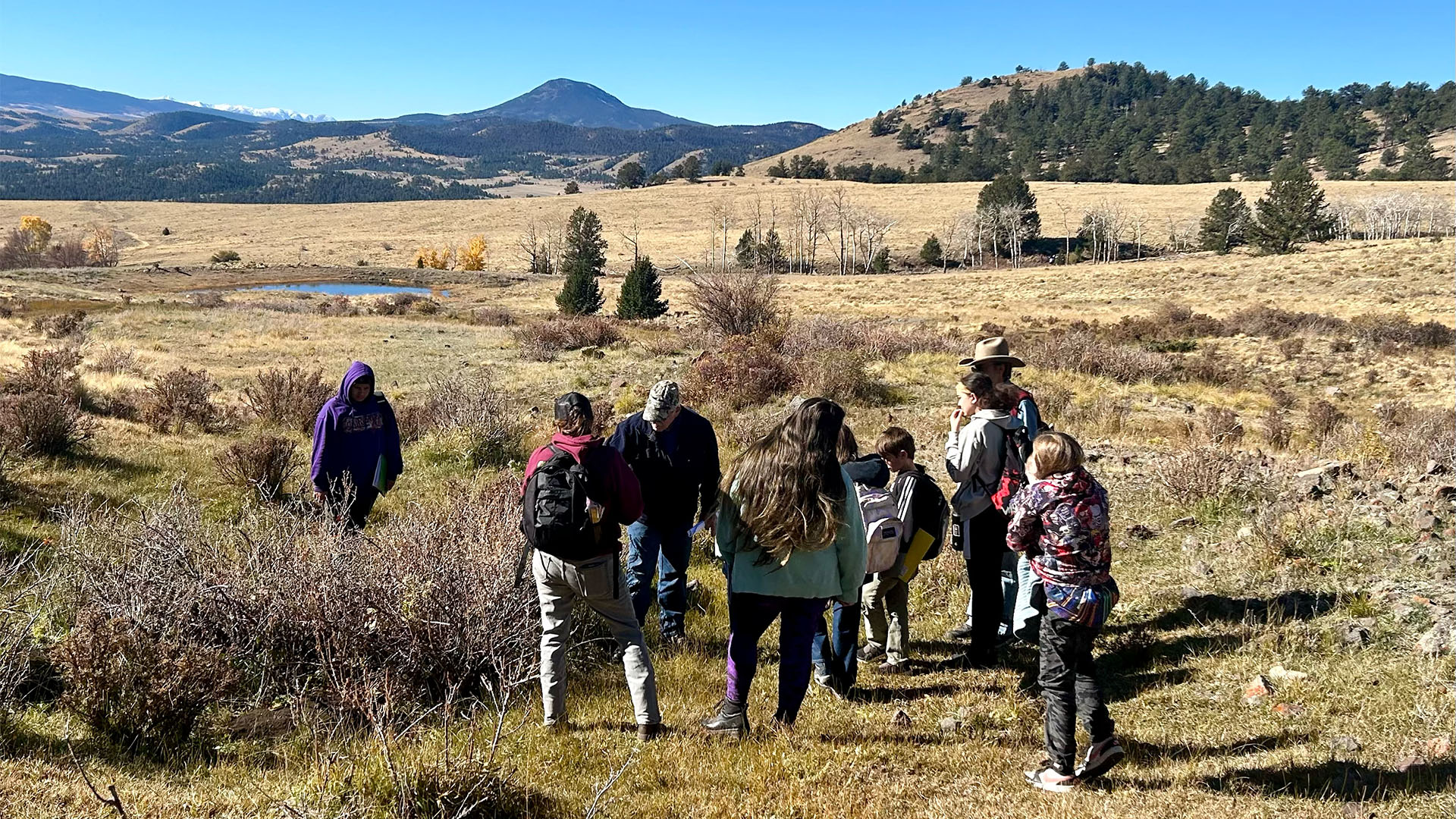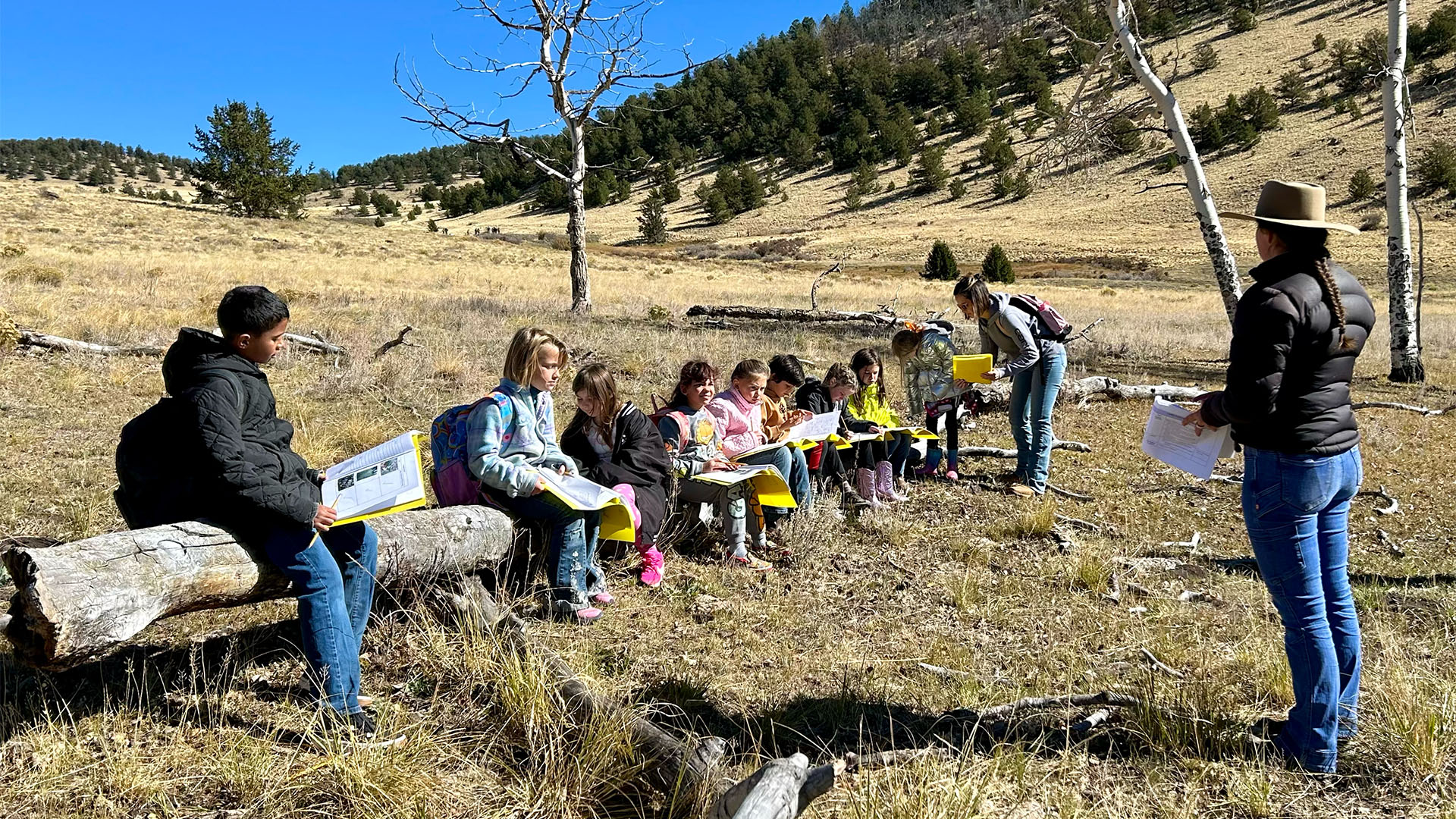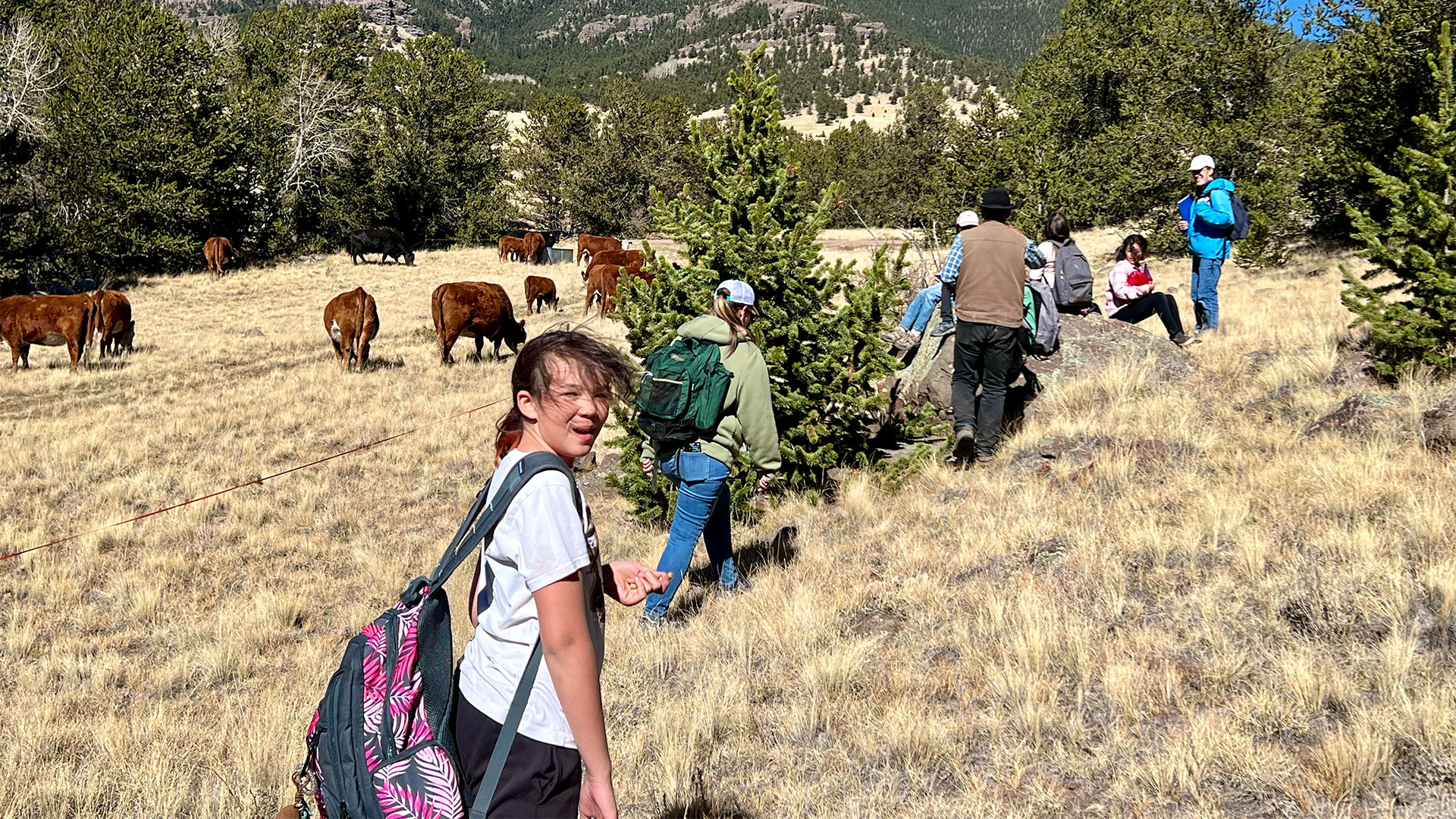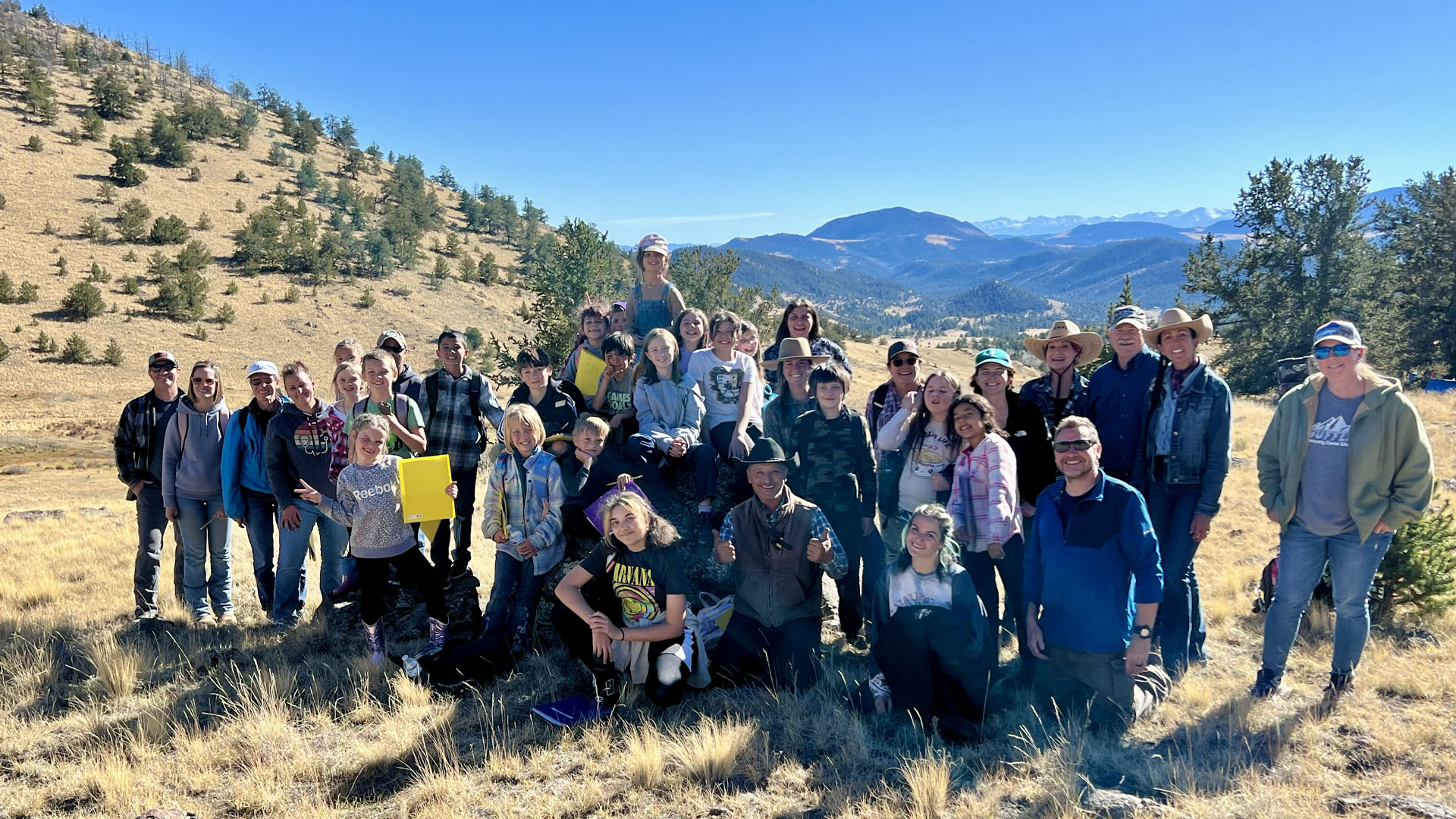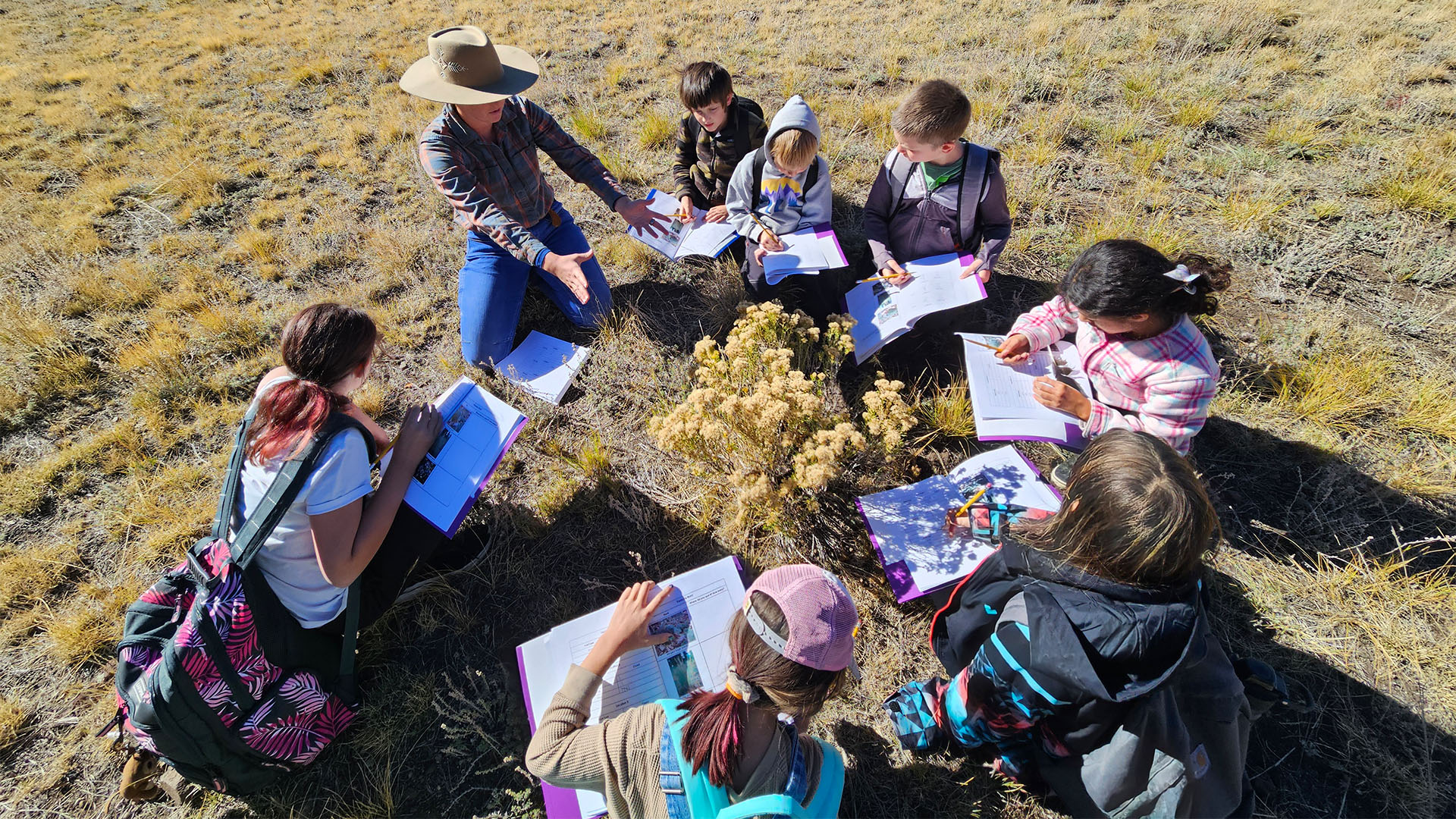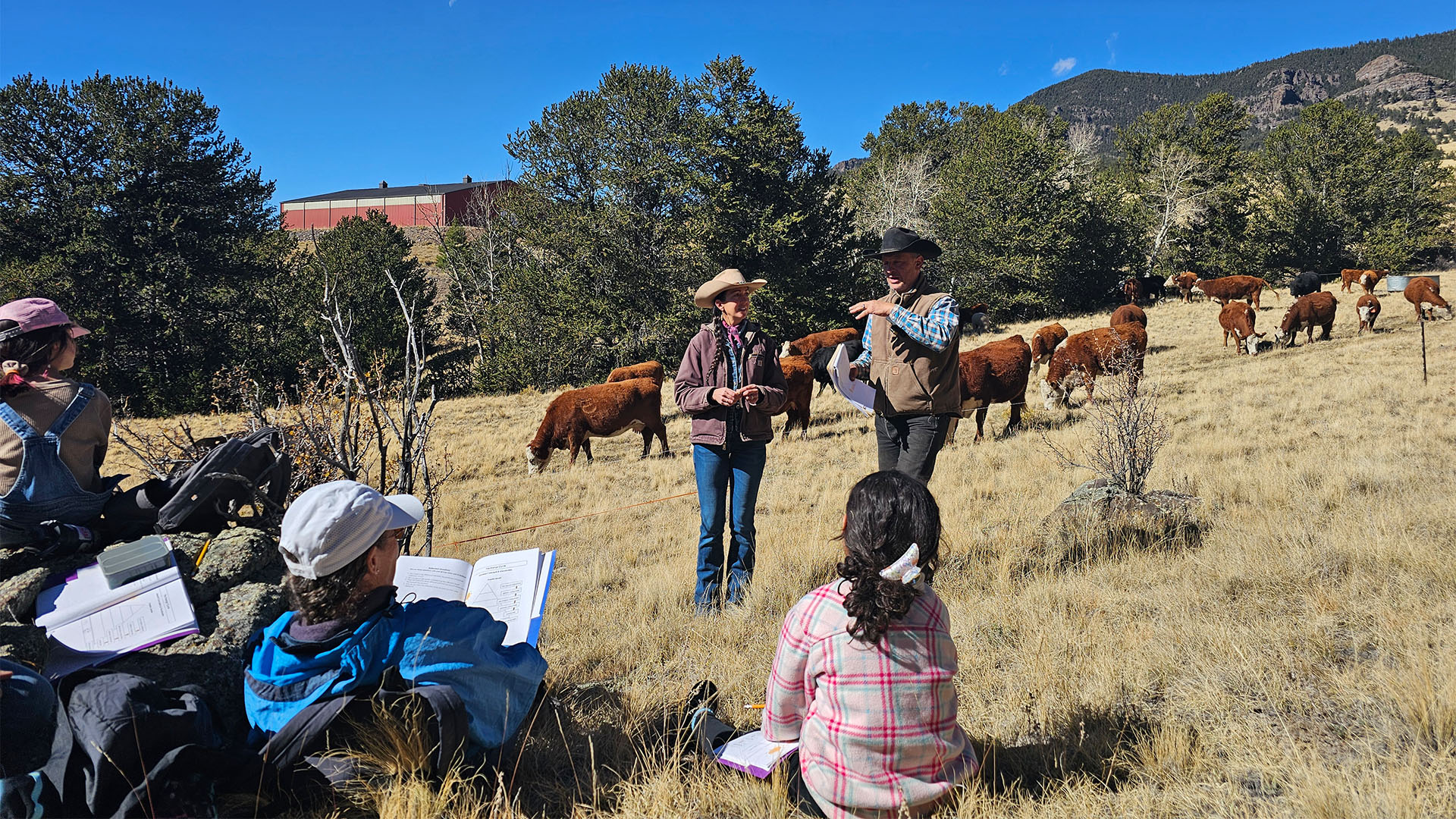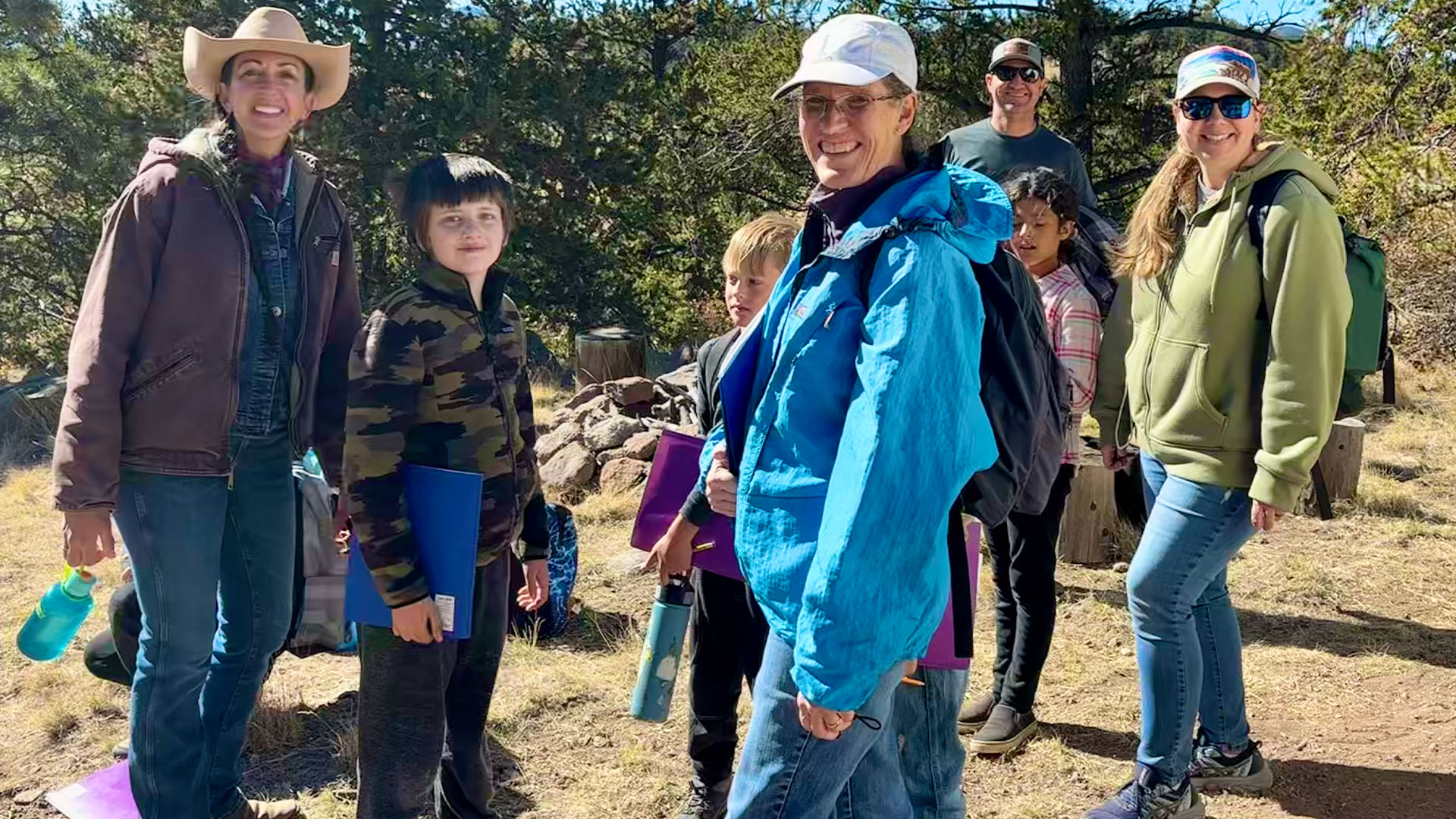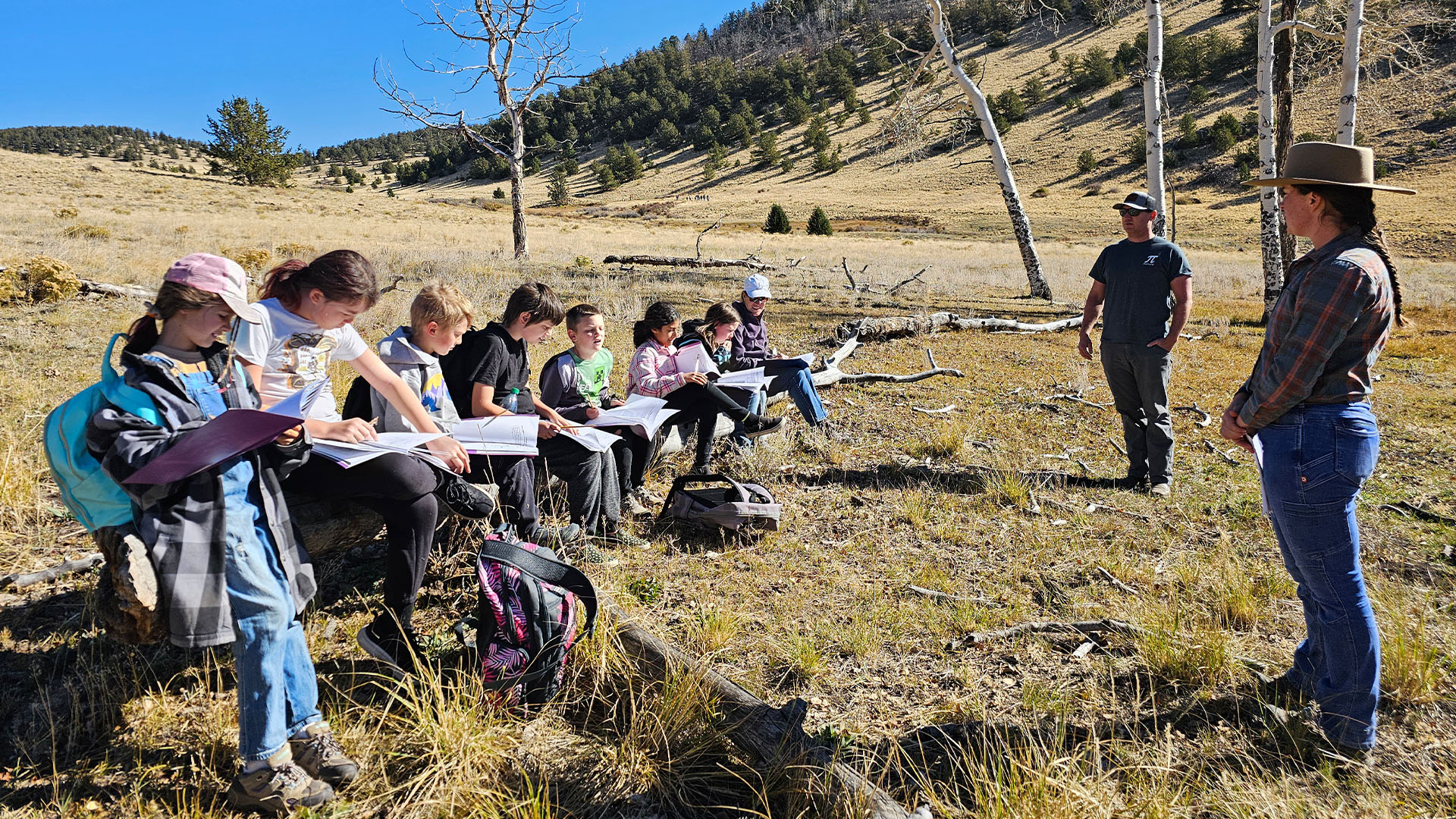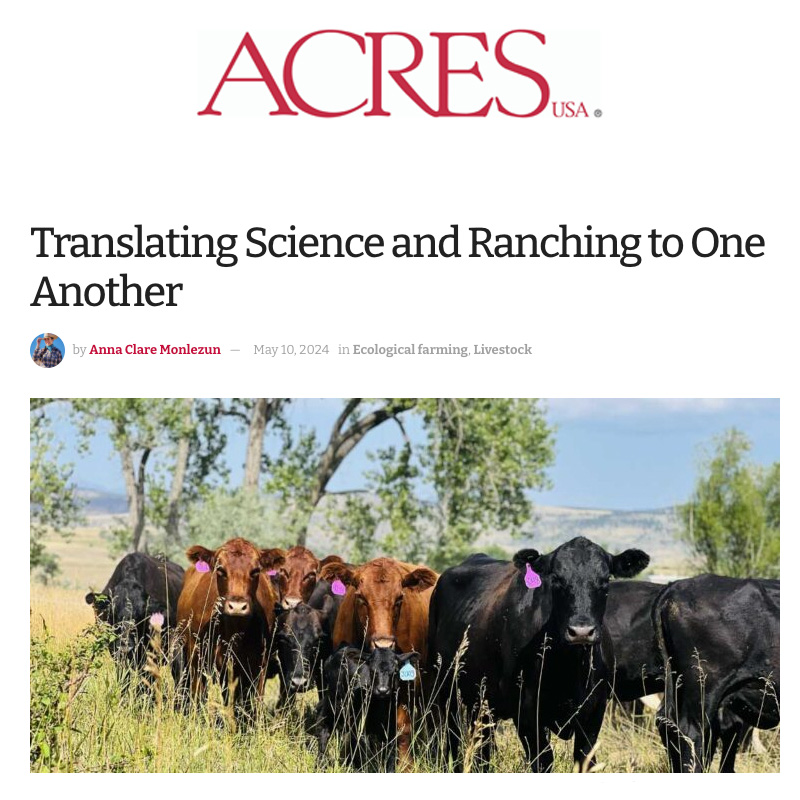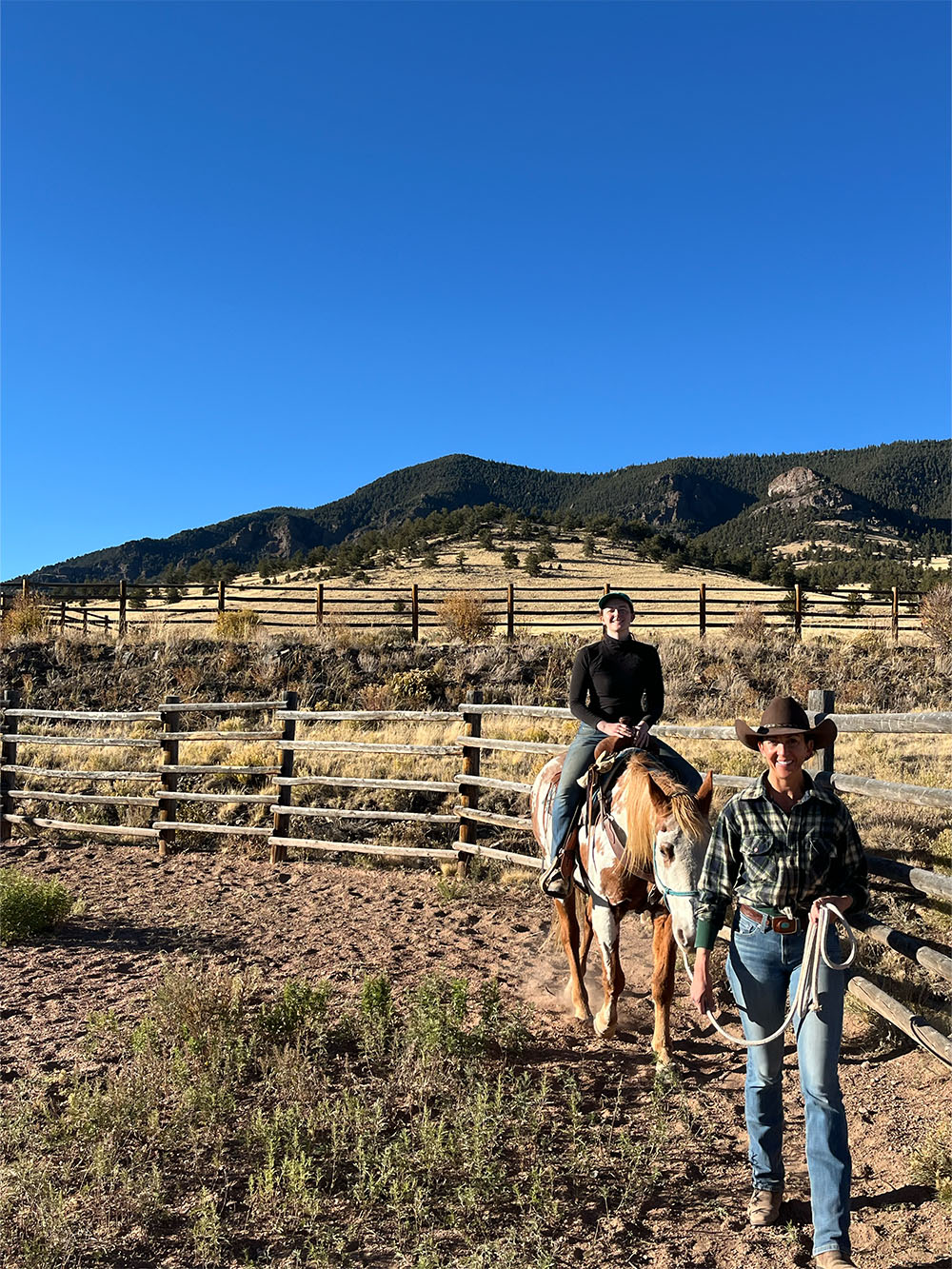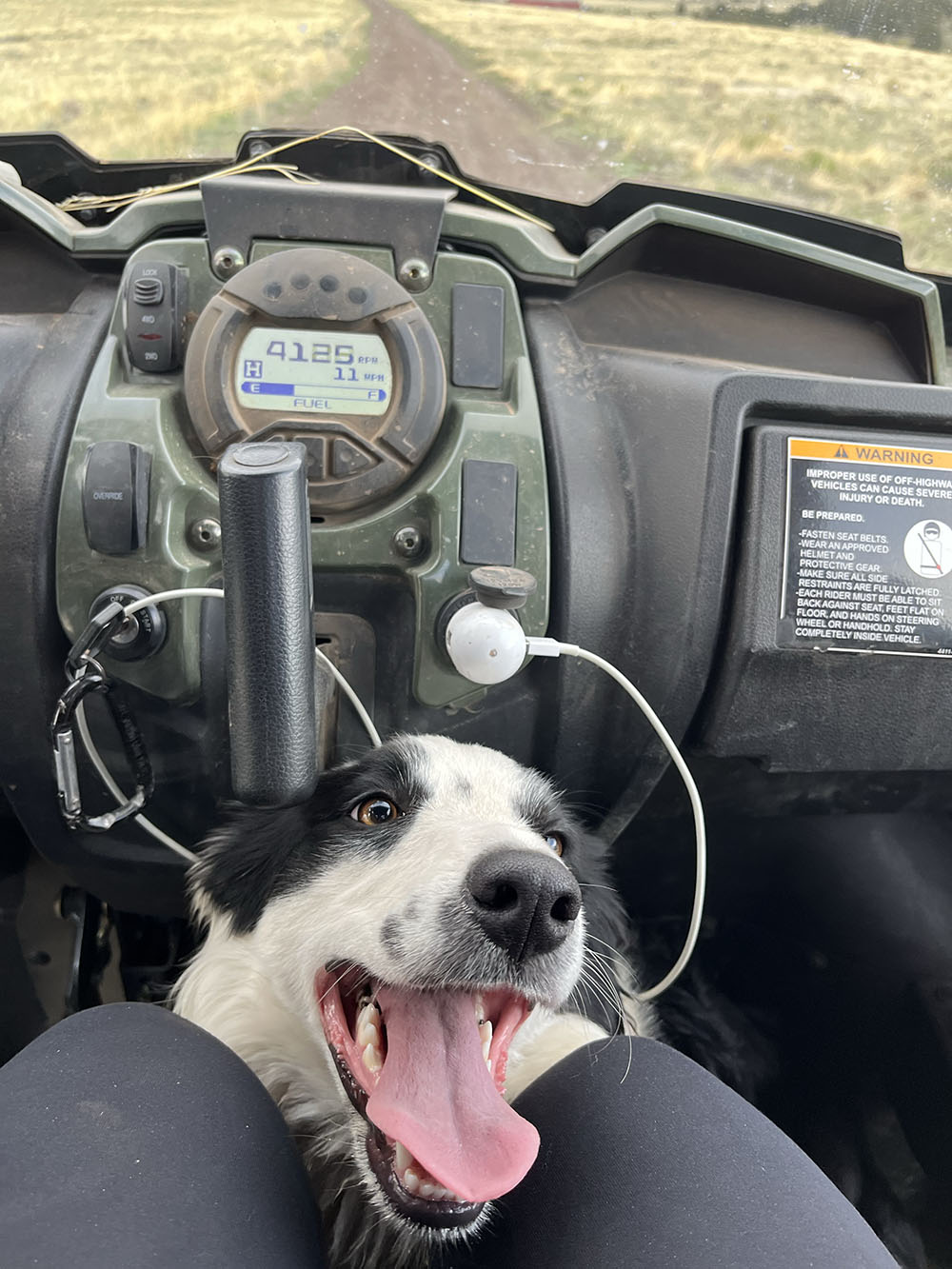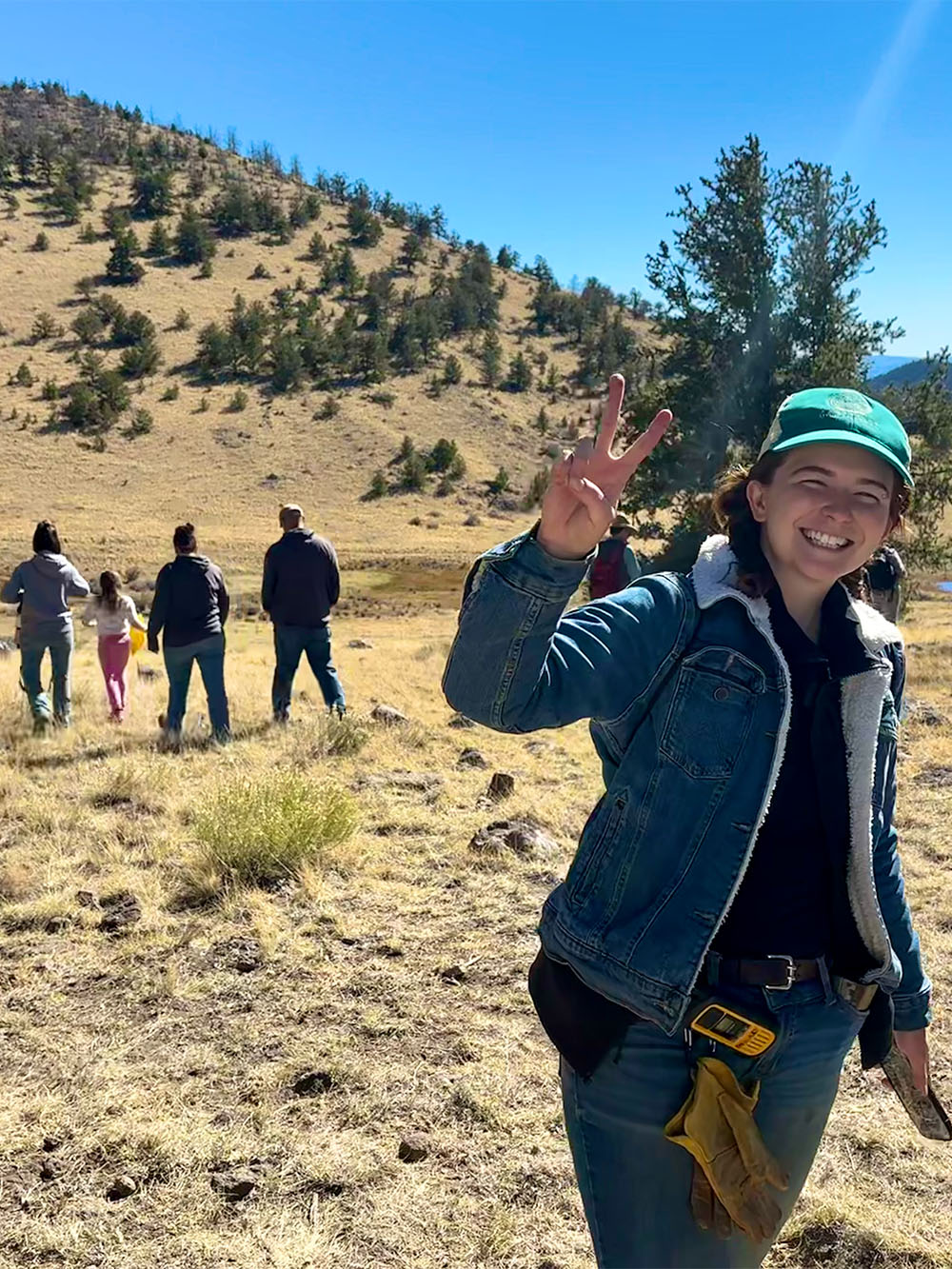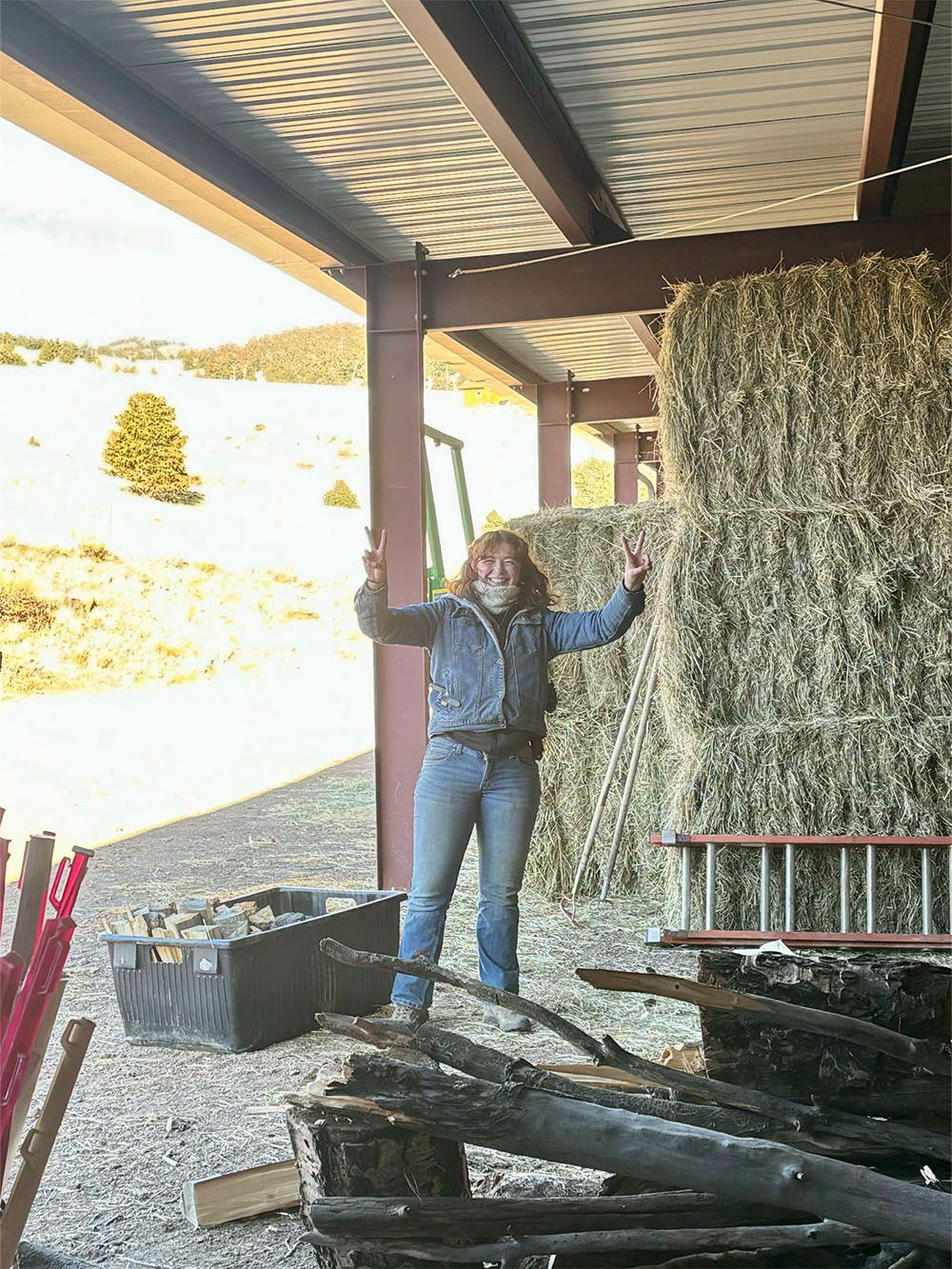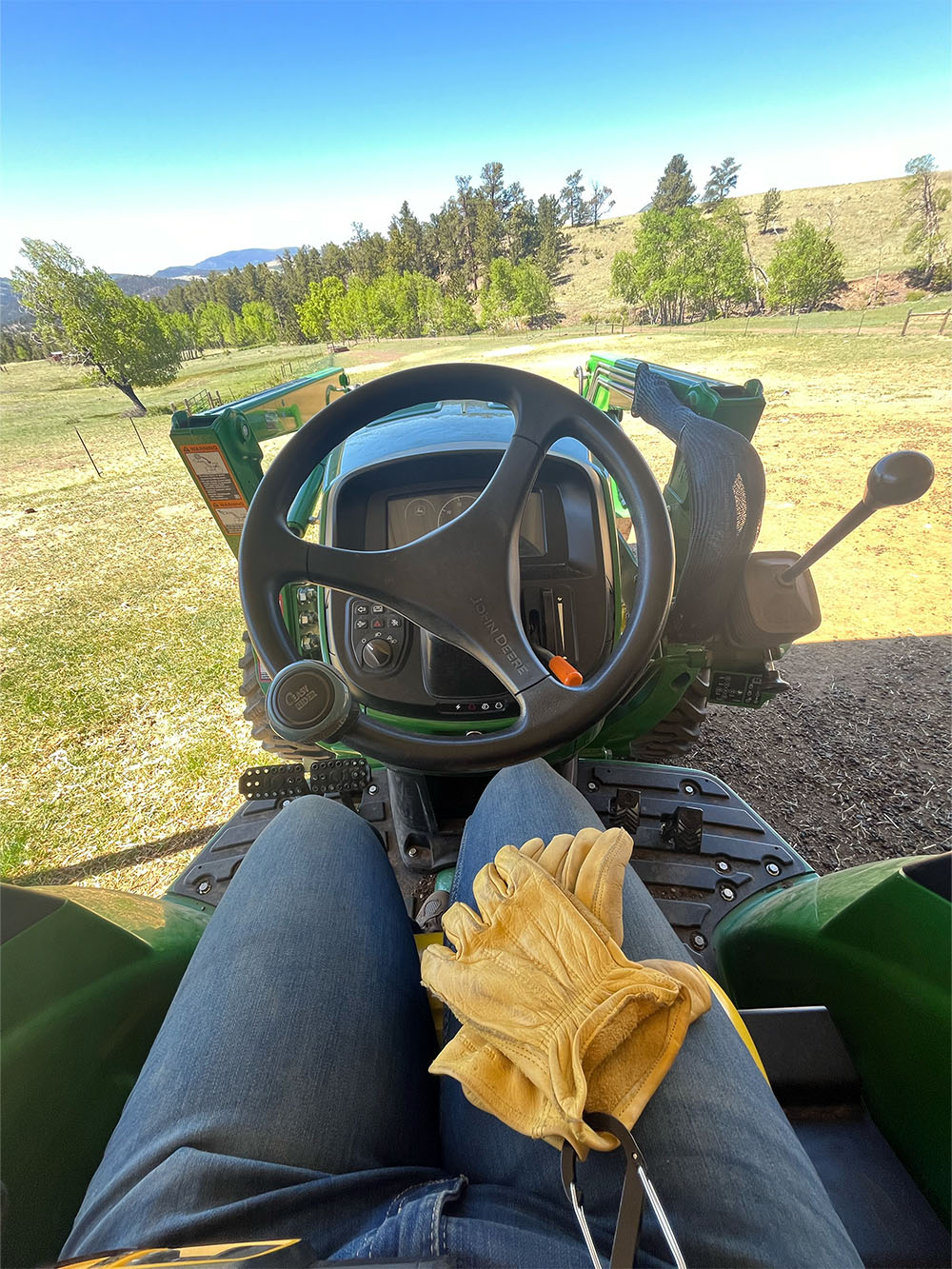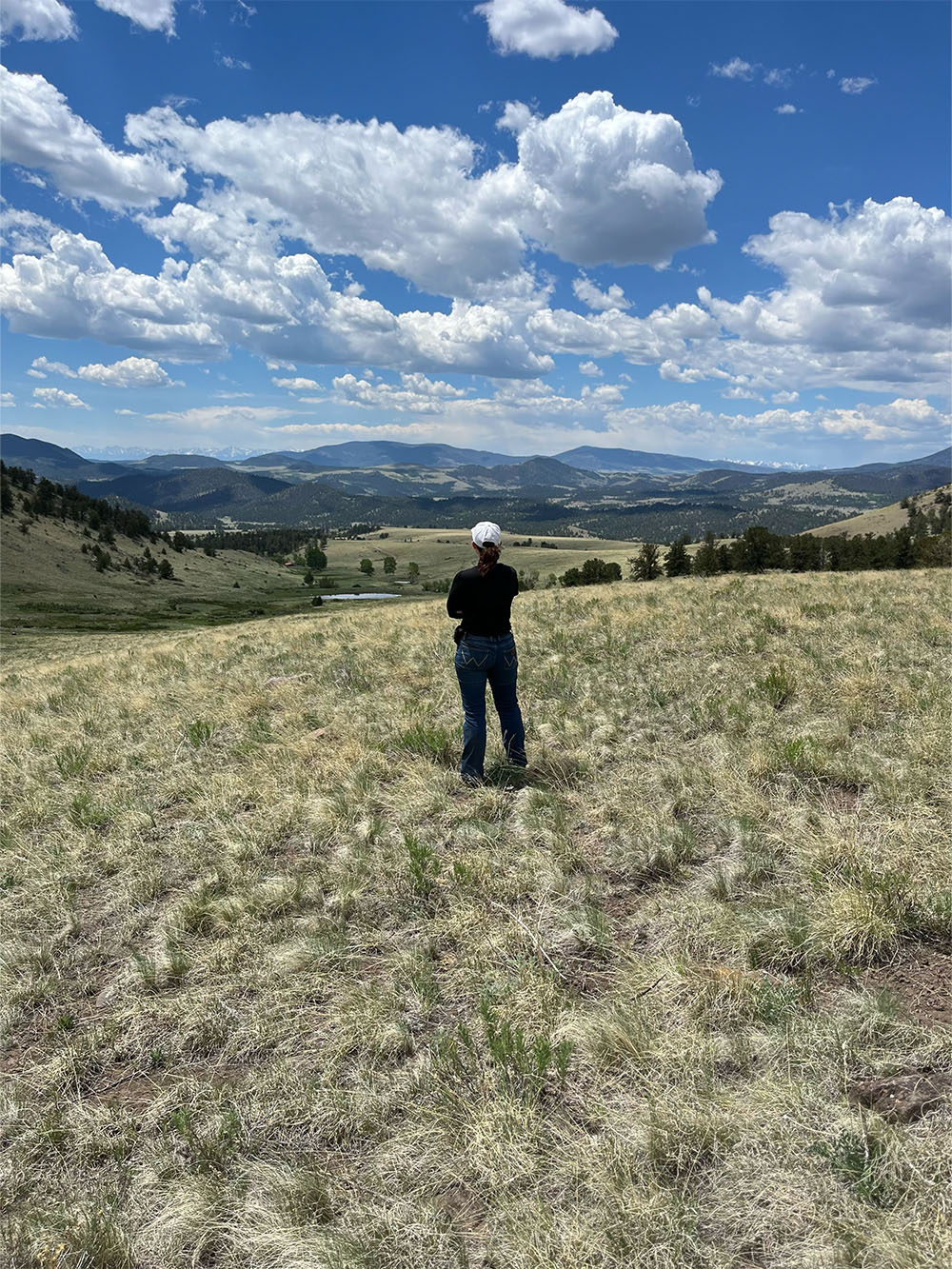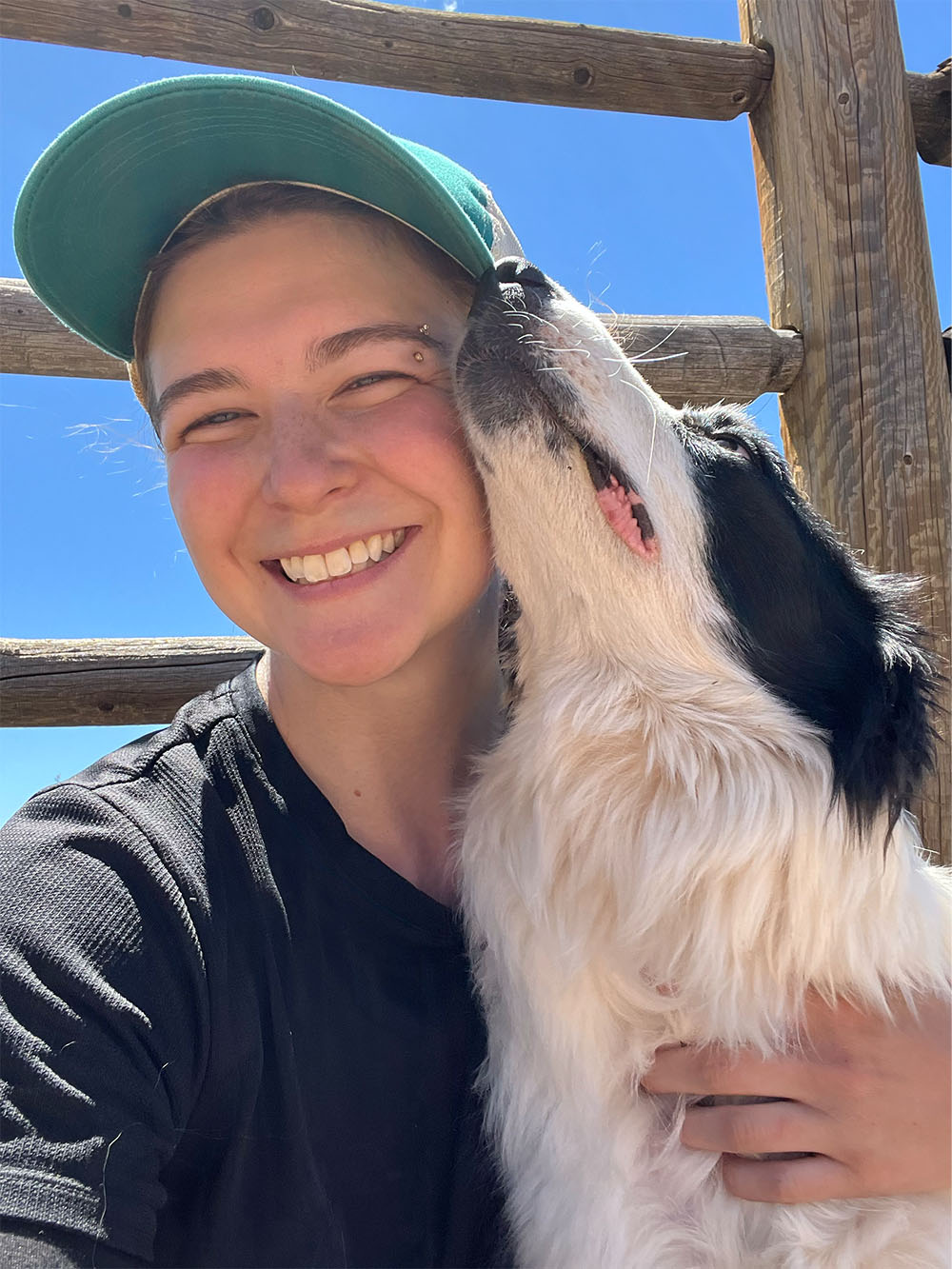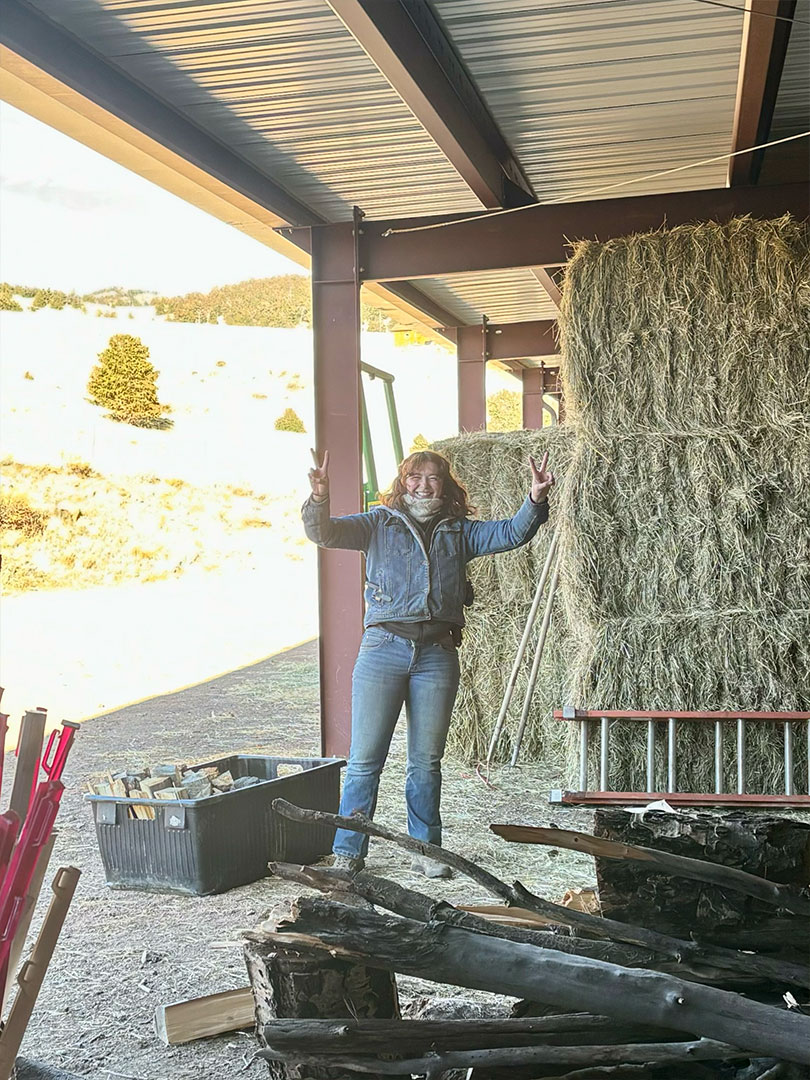Reversing Fragmentation & Restoring Native Landscapes
PROJECT DESCRIPTION
The Olson family came upon a special opportunity to reunite previously fragmented farmland on the Front Range of Colorado. They chose to engage with the Rangeland Living Laboratory (RLL) to support them in their goal of regenerating and restoring an agroecological system on their new property through strategic and adaptive management.
RLL is providing project oversight and consultation to improve both short and long-term management decisions that are supported and validated by scientific and observational learning.
As is the mission, RLL is engaging the collaboration of other local organizations GramaGrass Livestock Company (gramagrasslivestock.com) , the Citizen Science Soil Health project (soilhealthproject.org), and the David Padilla family to help the Olson family meet their land stewardship objectives and ultimate dream of looking out their window at a panorama of thriving native rangeland where the wild and domestic coexist.
Reversing Fragmentation & Restoring Native Landscapes
PROJECT DESCRIPTION
The Olson family came upon a special opportunity to reunite previously fragmented farmland on the Front Range of Colorado. They chose to engage with the Rangeland Living Laboratory (RLL) to support them in their goal of regenerating and restoring an agroecological system on their new property through strategic and adaptive management.
RLL is providing project oversight and consultation to improve both short and long-term management decisions that are supported and validated by scientific and observational learning.
As is the mission, RLL is engaging the collaboration of other local organizations GramaGrass Livestock Company (gramagrasslivestock.com) , the Citizen Science Soil Health project (soilhealthproject.org), and the David Padilla family to help the Olson family meet their land stewardship objectives and ultimate dream of looking out their window at a panorama of thriving native rangeland where the wild and domestic coexist.
Schools to Pasture
PROJECT DESCRIPTION
An AgroEcology Field Trip Program
The Schools-to-Pasture program has three primary learning objectives. First, the living laboratory model engages students in an experiential learning approach to knowledge integration. Through immersive activities taking place in the rangeland environment, students actively work with educational material in a relevant, real-world context. Secondly, the program aims to bridge students’ understanding of how agriculture and ecology go hand-in-hand. The curriculum introduces the concept of agroecology, emphasizing how this framework can create and support sustainable and resilient food systems. Thirdly, the Schools-to-Pasture field trip connects students with the people and places of local food production and land stewardship, closing the land-to-table gap.
This experiential exercise builds authentic mental and emotional bonds beyond the conceptual material.
- Students visit “learning corrals” (stations) focused on three ecological cycles: water, nutrient, and energy
- The overarching theme of relationships helps students connect these cycles to one another as well as their own lives
- Experiential activities enhance the assimilation of new knowledge, providing students memorable experiences and sensory integration
CURRICULUM OVERVIEW
Introduction
Students are introduced to their teaching team and asked some warm-up questions to frame the theme of the day, agroecology. Instructors review safety guidelines, rules, and the agenda.
Water Cycle
Focuses on the movement of water through the system and its relationship to thriving habitats and agricultural systems. Students learn about how soil and plants impact water infiltration thereby affecting whole ecosystem and rangeland health.
Nutrient Cycle
Examines livestock grazing, the soil microbiome, and biodiversity through the lens of nutrient cycling. Students learn how to identify different plant groups and the importance of vegetative cover and living roots in the cycling of carbon, nitrogen, and other nutrients in a rangeland environment.
Energy Cycle
Explores energy flow in an ecosystem through trophic levels, the food web, and the energy pyramid. Energy in relation to livestock grazing management and ruminant digestion is also discussed. Students learn how to identify the trophic relationships among different species in a ranch or rangeland system.
Wrap-Up
Students reflect on what they learned about the three ecosystem processes and are invited to share how they think these cycles are connected. The theme of agroecology and relationships is revisited and students are asked to consider how their field trip learning is relevant to their own lives.
Interested in being a part of Schools-to-Pasture? The Rangeland Living Laboratory is always looking for new ranches to host their one-of-a-kind field trip program! The curriculum was created to be shared and adapted to any ranching context. If you know of a ranch or school who would like to engage with this program, please reach out to us! If you feel inspired to support the expansion of Schools-to-Pasture, please consider making a one-time donation or connect directly to become a funding sponsor of the program!
Schools to Pasture
PROJECT DESCRIPTION
An AgroEcology Field Trip Program
The Schools-to-Pasture program has three primary learning objectives. First, the living laboratory model engages students in an experiential learning approach to knowledge integration. Through immersive activities taking place in the rangeland environment, students actively work with educational material in a relevant, real-world context. Secondly, the program aims to bridge students’ understanding of how agriculture and ecology go hand-in-hand. The curriculum introduces the concept of agroecology, emphasizing how this framework can create and support sustainable and resilient food systems. Thirdly, the Schools-to-Pasture field trip connects students with the people and places of local food production and land stewardship, closing the land-to-table gap.
This experiential exercise builds authentic mental and emotional bonds beyond the conceptual material.
- Students visit “learning corrals” (stations) focused on three ecological cycles: water, nutrient, and energy
- The overarching theme of relationships helps students connect these cycles to one another as well as their own lives
- Experiential activities enhance the assimilation of new knowledge, providing students memorable experiences and sensory integration
CURRICULUM OVERVIEW
Introduction
Students are introduced to their teaching team and asked some warm-up questions to frame the theme of the day, agroecology. Instructors review safety guidelines, rules, and the agenda.
Water Cycle
Focuses on the movement of water through the system and its relationship to thriving habitats and agricultural systems. Students learn about how soil and plants impact water infiltration thereby affecting whole ecosystem and rangeland health.
Nutrient Cycle
Examines livestock grazing, the soil microbiome, and biodiversity through the lens of nutrient cycling. Students learn how to identify different plant groups and the importance of vegetative cover and living roots in the cycling of carbon, nitrogen, and other nutrients in a rangeland environment.
Energy Cycle
Explores energy flow in an ecosystem through trophic levels, the food web, and the energy pyramid. Energy in relation to livestock grazing management and ruminant digestion is also discussed. Students learn how to identify the trophic relationships among different species in a ranch or rangeland system.
Wrap-Up
Students reflect on what they learned about the three ecosystem processes and are invited to share how they think these cycles are connected. The theme of agroecology and relationships is revisited and students are asked to consider how their field trip learning is relevant to their own lives.
Interested in being a part of Schools-to-Pasture? The Rangeland Living Laboratory is always looking for new ranches to host their one-of-a-kind field trip program! The curriculum was created to be shared and adapted to any ranching context. If you know of a ranch or school who would like to engage with this program, please reach out to us! If you feel inspired to support the expansion of Schools-to-Pasture, please consider making a one-time donation or connect directly to become a funding sponsor of the program!
Agroecology Summer Internship
PROJECT DESCRIPTION
The Agroecology Intern will spend up to 12 weeks at the host ranch, a 800-acre grassfed/grass-finished cattle and sheep ranch that strives for regenerative outcomes under an agroecological framework. The Intern is expected to fulfill a 40-hour work week as a ranch operations assistant, gaining experience in livestock management, nutrition, pasture management, soil health, water management, biodiversity, and forage resources. The Intern is also expected to come ready with their own “project” or scholastic inquiry that their internship will support through hands-on experience and mentorship. Projects themes may revolve ecological monitoring, soil health, using ArcGIS tools, wildlife interactions, livestock grazing, watershed dynamics, or native plant communities. The host ranch will provide living quarters.
KEY MEASUREMENTS OF SUCCESS:
Contribute 40 hours of work per week toward internship objectives.
Carry-out a special “project” or scholastic inquiry related to the internship experience
Come away from internship with new insights, knowledge, skills, and inspiration, as illustrated by final written reflection submitted to the Rangeland Living Laboratory.
DUTIES & RESPONSIBILITIES:
Start each day ready to learn by doing.
Maintain a mindset of curiosity, growth, and courage.
Respect the land, animals, people, and facilities of the ranch.
Maintain open and honest communication with ranch owners about internship experience.
Assist ranch owners in carrying-out both daily chores and larger ranch projects, as needed.
Keep a daily log that can contribute to a short, written reflection as a deliverable.
REQUIRED KNOWLEDGE, SKILLS & ABILITIES:
Currently enrolled in a bachelor’s or master’s degree program in the environmental, biological, ecological, agricultural, or geospatial sciences.
Proof of current health insurance policy.
Independent mode of transportation.
Basic understanding of the role of livestock agriculture in the stewardship of grassland ecosystems.
General comfort around large animals, including cattle, horses, sheep, goats, dogs, and cats. Extensive experience not required.
Interest in natural resource conservation and the management of native and working landscapes.
Ability and/or interest in physical work, outdoors and at high altitude, such as lifting up to 40lbs, walking up to 1 mile at a time, using small tools, learning how to operate power tools, a tractor, or ATV. (Ranching is very physical!)
Able to work both independently and as part of a team.
Strong communication skills both written and oral.
The Summer Internship program is currently being piloted on La Dolce Vita Ranch in Guffey Colorado. The Rangeland Living Laboratory is seeking longterm funding partnerships that will expand this internship program to other ranches and universities around the country. If you are interested in hosting, participating, or becoming a funding partner for this program, please connect with us!
Agroecology Summer Internship
PROJECT DESCRIPTION
The Agroecology Intern will spend up to 12 weeks at the host ranch, an 800-acre grass-fed/grass-finished cattle and sheep ranch that strives for regenerative outcomes under an agroecological framework. The Intern is expected to fulfill a 40-hour work week as a ranch operations assistant, gaining experience in livestock management, nutrition, pasture management, soil health, water management, biodiversity, and forage resources. The Intern is also expected to come ready with their own “project” or scholastic inquiry that their internship will support through hands-on experience and mentorship. Projects themes may revolve ecological monitoring, soil health, using ArcGIS tools, wildlife interactions, livestock grazing, watershed dynamics, or native plant communities. The host ranch will provide living quarters.
KEY MEASUREMENTS OF SUCCESS:
Contribute 40 hours of work per week toward internship objectives.
Carry-out a special “project” or scholastic inquiry related to the internship experience
Come away from internship with new insights, knowledge, skills, and inspiration, as illustrated by final written reflection submitted to the Rangeland Living Laboratory.
DUTIES & RESPONSIBILITIES:
Start each day ready to learn by doing.
Maintain a mindset of curiosity, growth, and courage.
Respect the land, animals, people, and facilities of the ranch.
Maintain open and honest communication with ranch owners about internship experience.
Assist ranch owners in carrying-out both daily chores and larger ranch projects, as needed.
Keep a daily log that can contribute to a short, written reflection as a deliverable.
REQUIRED KNOWLEDGE, SKILLS & ABILITIES:
Currently enrolled in a bachelor’s or master’s degree program in the environmental, biological, ecological, agricultural, or geospatial sciences.
Proof of current health insurance policy.
Independent mode of transportation.
Basic understanding of the role of livestock agriculture in the stewardship of grassland ecosystems.
General comfort around large animals, including cattle, horses, sheep, goats, dogs, and cats. Extensive experience not required.
Interest in natural resource conservation and the management of native and working landscapes.
Ability and/or interest in physical work, outdoors and at high altitude, such as lifting up to 40lbs, walking up to 1 mile at a time, using small tools, learning how to operate power tools, a tractor, or ATV. (Ranching is very physical!)
Able to work both independently and as part of a team.
Strong communication skills both written and oral.
The Summer Internship program is currently being piloted on La Dolce Vita Ranch in Guffey Colorado. The Rangeland Living Laboratory is seeking longterm funding partnerships that will expand this internship program to other ranches and universities around the country. If you are interested in hosting, participating, or becoming a funding partner for this program, please connect with us!
IN THE NEWS


